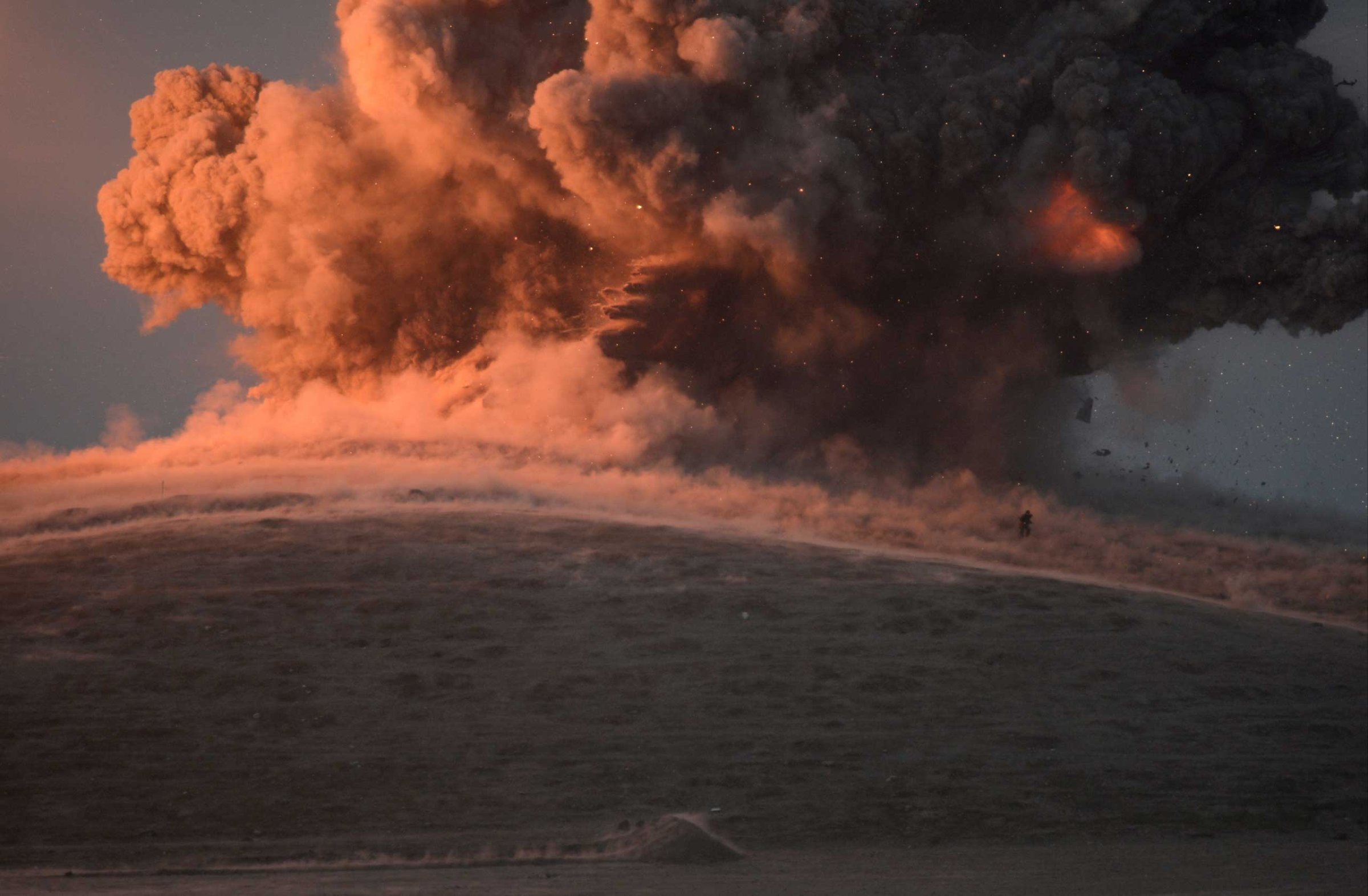
Wire photographers often work in the shadows — their names frequently overlooked in favor of their agencies’ monikers, from Agence France-Presse to Associated Press, Getty Images to Reuters, and many others.
For the past five years, TIME has turned the spotlight on these men and women who put everything on the line to bring us the news, to document what might otherwise go unseen. Their images have adorned the front pages of newspapers and covers of magazines around the world. Among these photographers, a handful of names repeatedly emerge from the fray.
Getty’s John Moore proved, once again, that he remains one of the best wire photographers out there, producing some of the most heart-wrenching and iconic images of this year’s Ebola outbreak in West Africa, where about 7,000 people have died. Oliver Weiken of European Pressphoto Agency (EPA) made a name for himself as well, documenting, early on, the African refugee crisis in Israel. In the summer, he made the long walk into Gaza — his third visit since October 2012 — where he produced an impressive series of images depicting the scale of the destruction in the coastal enclave during the seven-week war between Palestinian militant groups and Israel’s defense forces.
There’s no doubt we’ll see more of Moore and Weiken in 2015, but, when it comes to 2014, the year without a doubt belonged to AFP photographer Bulent Kilic.
The 35-year-old Turkish photographer, who joined the agency in 2003, systematically found himself at the heart of the news in Ukraine and Turkey all year. His striking, vivid and memorable images have captured the attention of photo editors across the planet, especially in October when he caught the exact moment when militants of the Islamic State of Iraq and Greater Syria (ISIS) were the target of an air strike near the contested Syrian town of Kobani.
For the last two months, however, Kilic has kept a low profile, working in Istanbul on local stories. “I was exhausted,” he says. “When I was covering the clashes in Kobani on the Syrian border, I would be driving every day, leaving the hotel at 5 a.m. and only coming back late at night.” That’s not the most ideal situation for a married photographer of an infant boy. “When you go on an assignment for many weeks or even months at a time, you have to find time to stay at home,” says the married photographer, who became the father of a boy this year.
Kilic’s busy year started in Ukraine where the pro-European protests took a turn for the worse in January and February. “I was sitting at home with my family, watching the television when I saw all of this black smoke in Kiev,” he says. “The photos [coming out of Ukraine] looked incredible.”
He asked his editors in Paris to go. “When I arrived in Kiev, the demonstrations were in their third month. It was still ongoing. I expected the situation to take a long time to develop.” Just hours later, Independence Square (known as Euromaidan), which had been overtaken by protesters, was a war zone, with pro-government forces firing on the crowd.
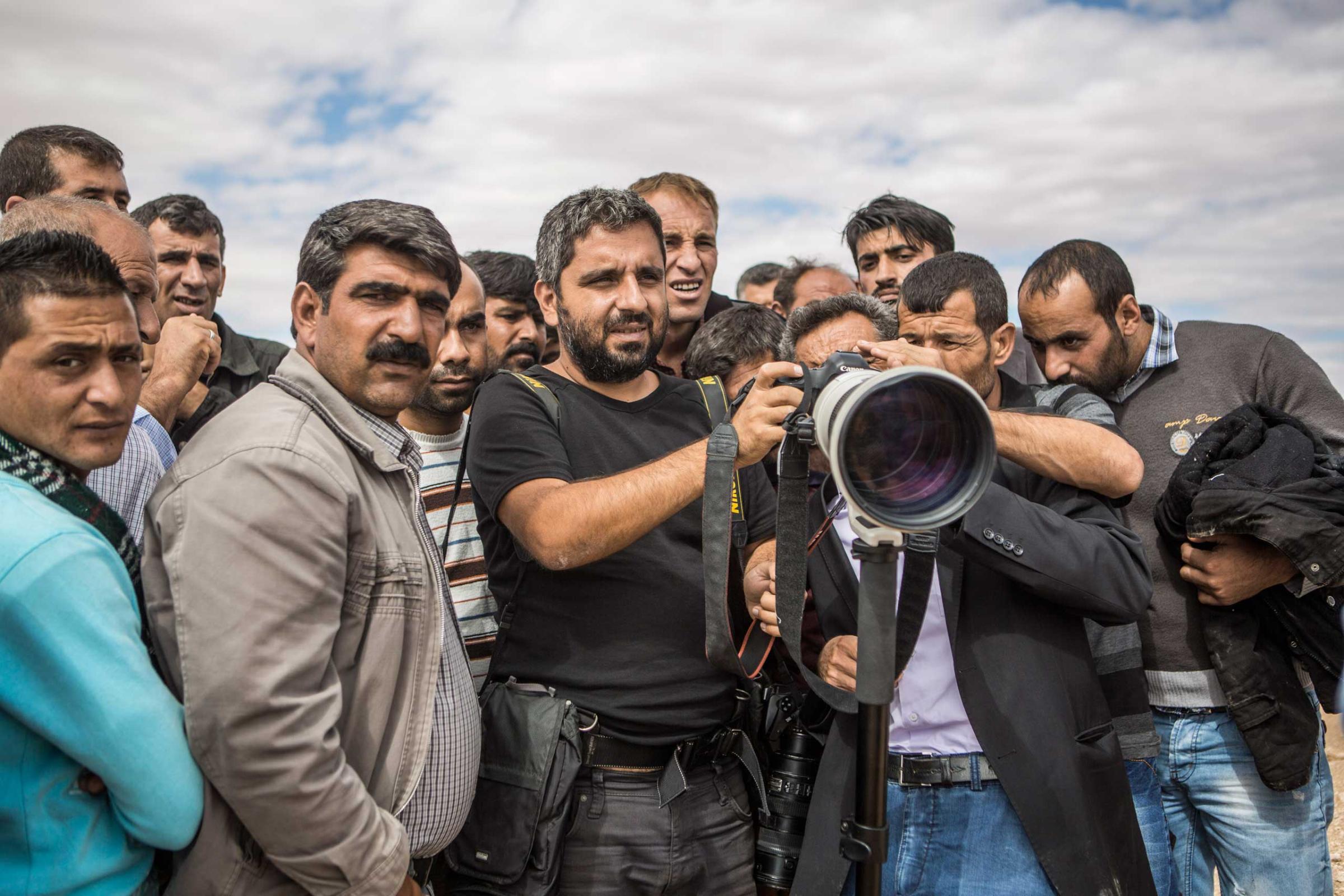
There’s no doubt in Kilic’s mind: his work in Ukraine stands out as one the best assignments he’s ever had. “You could just feel the emotions of thousands of people around you,” he says. “It felt good. The demonstrators were singing and chanting and I was there with them.”
But not everything went smoothly. Kilic had never been to Ukraine before, and he didn’t know how people would react to his work, especially when protesters started dying at the hand of pro-government snipers. “In the Arab world, people let you photograph people who have just been shot,” he says. “In Ukraine, I didn’t know what people would do.” So, he tried. “I saw this man die in front of me. I tried to photograph him, but his friends didn’t let me. They don’t like this kind of images.”
After a month in Ukraine, Kilic flew back to Istanbul, thinking he would be able to take a few days off. That’s when 15-year-old Berkin Elvan, who had been in a coma after being hit by a gas canister in the June 2013 street protests, died. “I felt that I needed to shoot this situation,” he says. “It was my responsibility, and I didn’t ask for any time off and just went to photograph the boy’s funeral.”
Over the following months, his images were again on front pages worldwide when 301 people died in the explosion and resulting fire at the Soma coal mine in Manisa, Turkey. “This was one of the biggest tragedies in Turkish history,” says Kilic. “I was there before other media organizations, and that’s when I took this picture of a man [kissing his son] when he came out of the mine. This was a very important photograph for me.”
Working around the mine wasn’t easy, though. “Some miners and their families were attacking the press,” he says. “You have to understand, their children, their husbands were trapped in the mine.” Kilic was targeted twice, necessitating police intervention to calm the crowd. But the photographer was unfazed. “You have to find a way to continue working,” he says. “You have to control the situation, but you shouldn’t stop.”
And Kilic never stopped working. On Sept. 15, he was driving home after a soccer game when an unexpected message came on the radio. “I heard a call for all Kurdish people to go to the border with Syria to save Kobani. I thought it wasn’t normal, and I felt something unusual was going on.”
He called his editors, booked his plane ticket to the region and the next day, he was on a Turkish hill in Yumurtalik overlooking Kobani, offering a direct view of the fighting between Kurdish forces and ISIS. “I thought this was going to be a very big story.” He wasn’t wrong. On Oct. 23, as Kilic learned that militants had planted their flag atop another hill, he rushed to find a villager that would allow him on the roof of their houses. “It was getting dark, and that’s when the bomb dropped.” Using a 400mm lens with a 1.7 converter, Kilic captured a series of four frames that showed the jaw-dropping explosion. The image has since appeared in most media organizations’ selections of the best photos of the year – including TIME’s Top 100.
“A lot of people ask me if it was easy to see these people killed in front of me. They ask me if I felt something,” says Kilic. “It wasn’t easy. But this is war, and these people are also killing other people. Sometimes, you can’t really feel anything. Sometimes, you don’t want to talk about it.”
Speaking matter-of-factly, “this is my life,” he says. “I chose this many years ago, and I’m still [learning] and trying to find my style. I’m a student of Yuri Kozyrev, James Nachtwey, Josef Koudelka, Robert Capa and Larry Burrows. I’ve been watching their work for many years to get a stronger vision. I can’t say that I’ve found it, but it’s starting to feel right.”
And with the support of his family — “they know I like this life and this job, and they respect it,” — and from AFP, Kilic is looking forward to 2015. “I don’t know where I’ll be going next. Maybe I’ll be back in Ukraine. But one thing I’ve learned in this job is that you have to be ready at all times.”
Bulent Kilic is a photographer with Agence France-Presse. He is TIME’s Wire Photographer of 2014. Previous winners include Muhammed Muheisen in 2013, Marco Longari in 2012, Pete Muller in 2011, and Mauricio Lima in 2010.
Phil Bicker, who edited this photo essay, is a Senior Photo Editor at TIME.
Olivier Laurent is the editor of TIME LightBox. Follow him on Twitter and Instagram @olivierclaurent
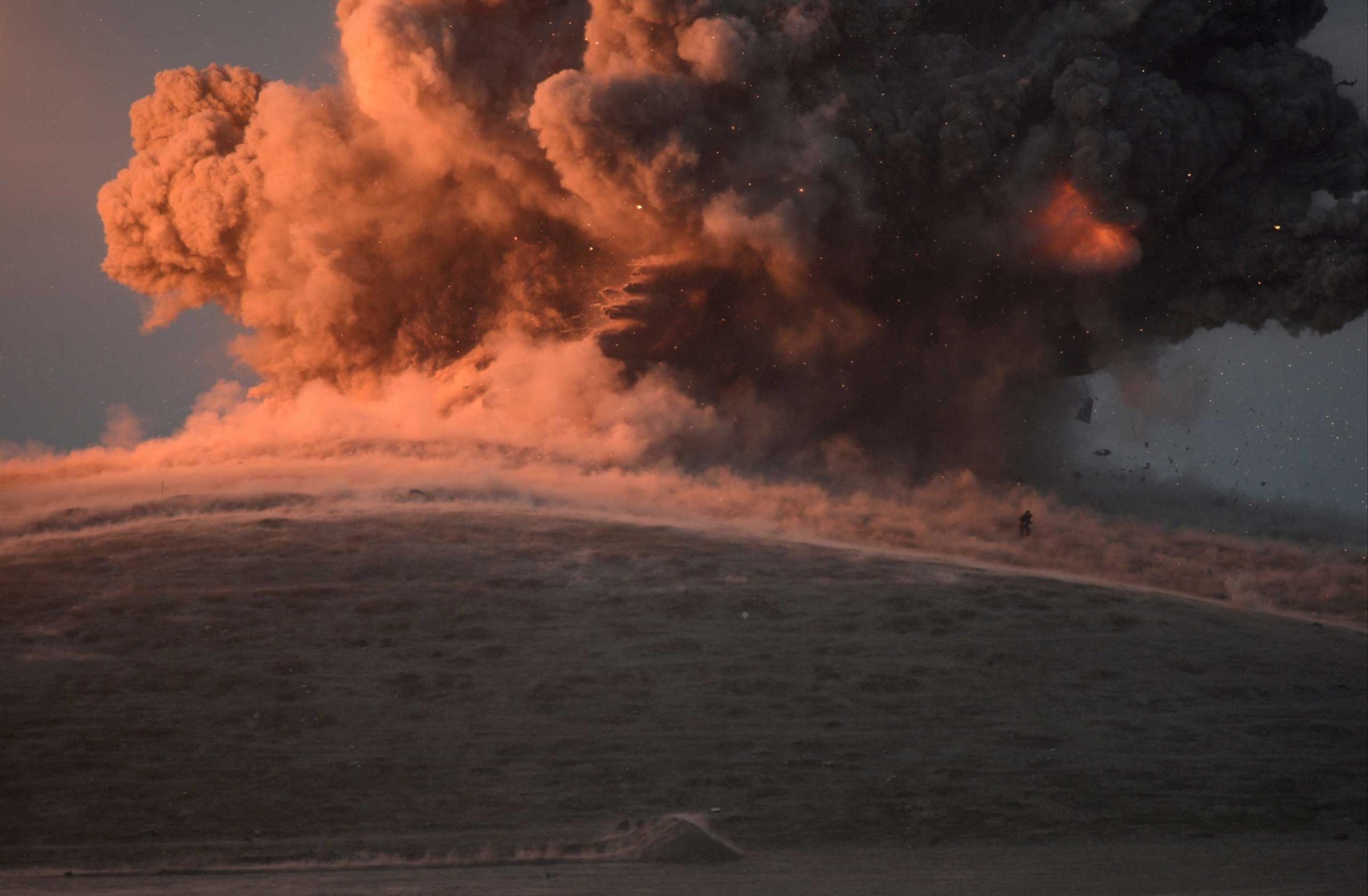
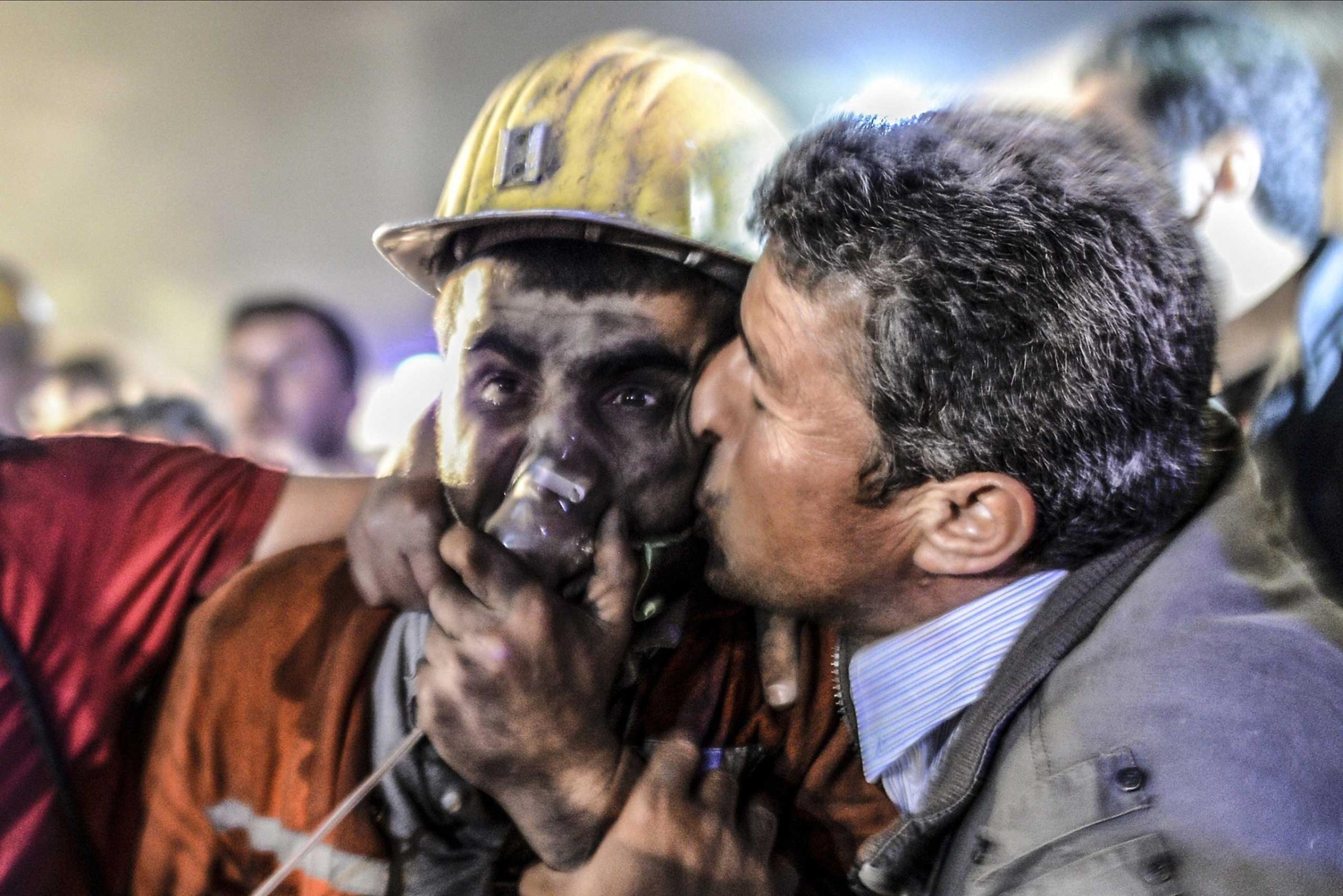
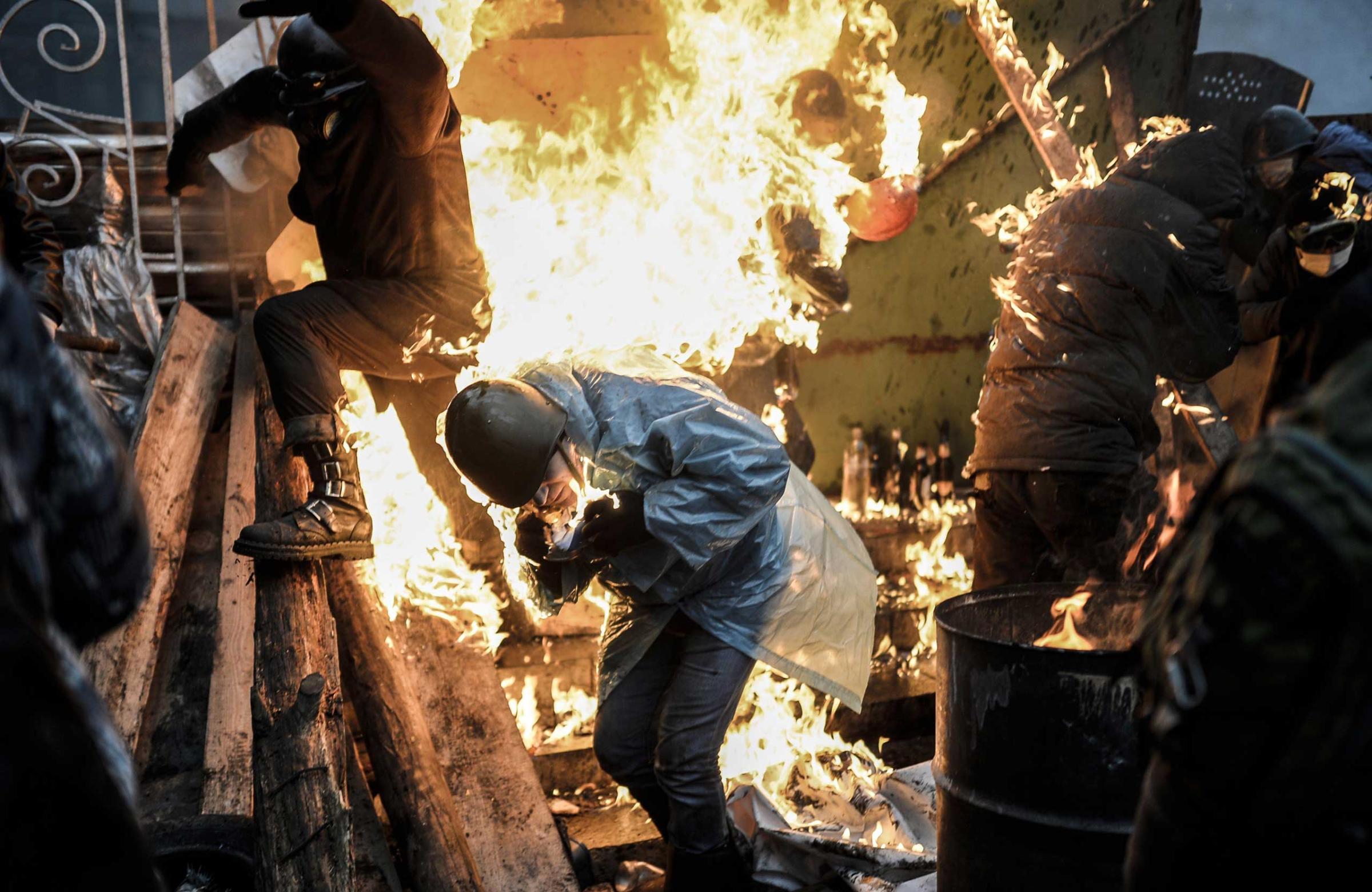
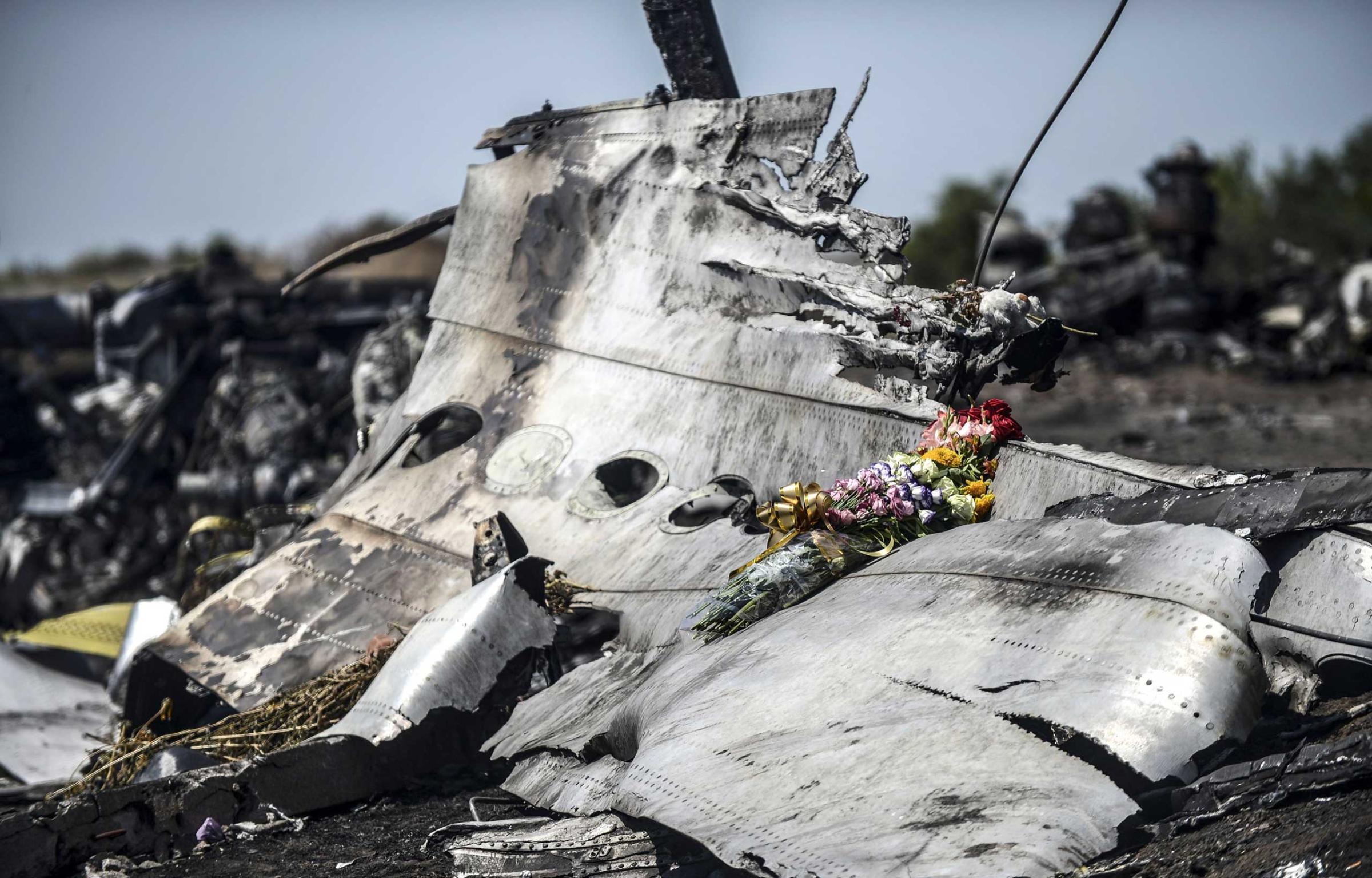
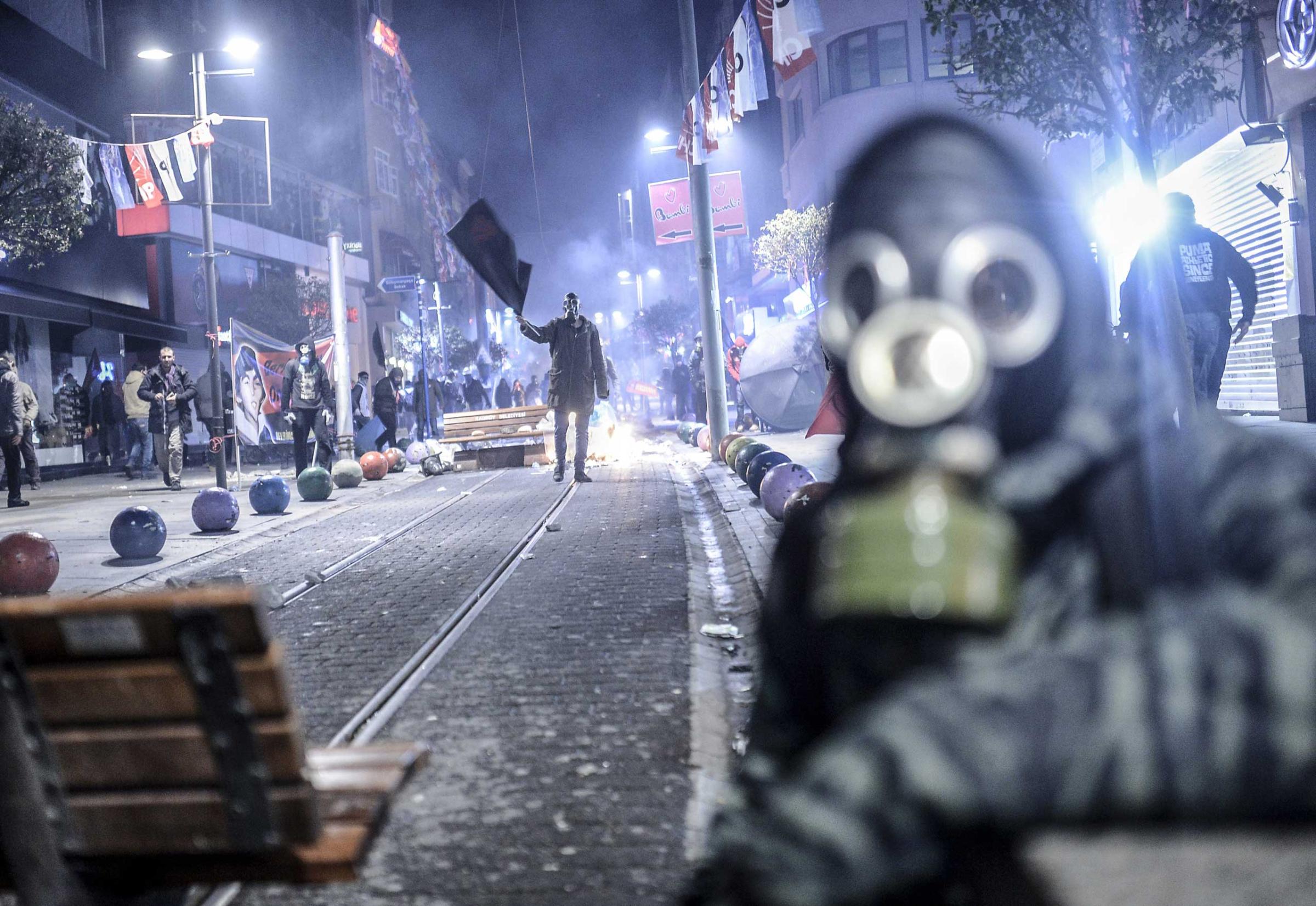
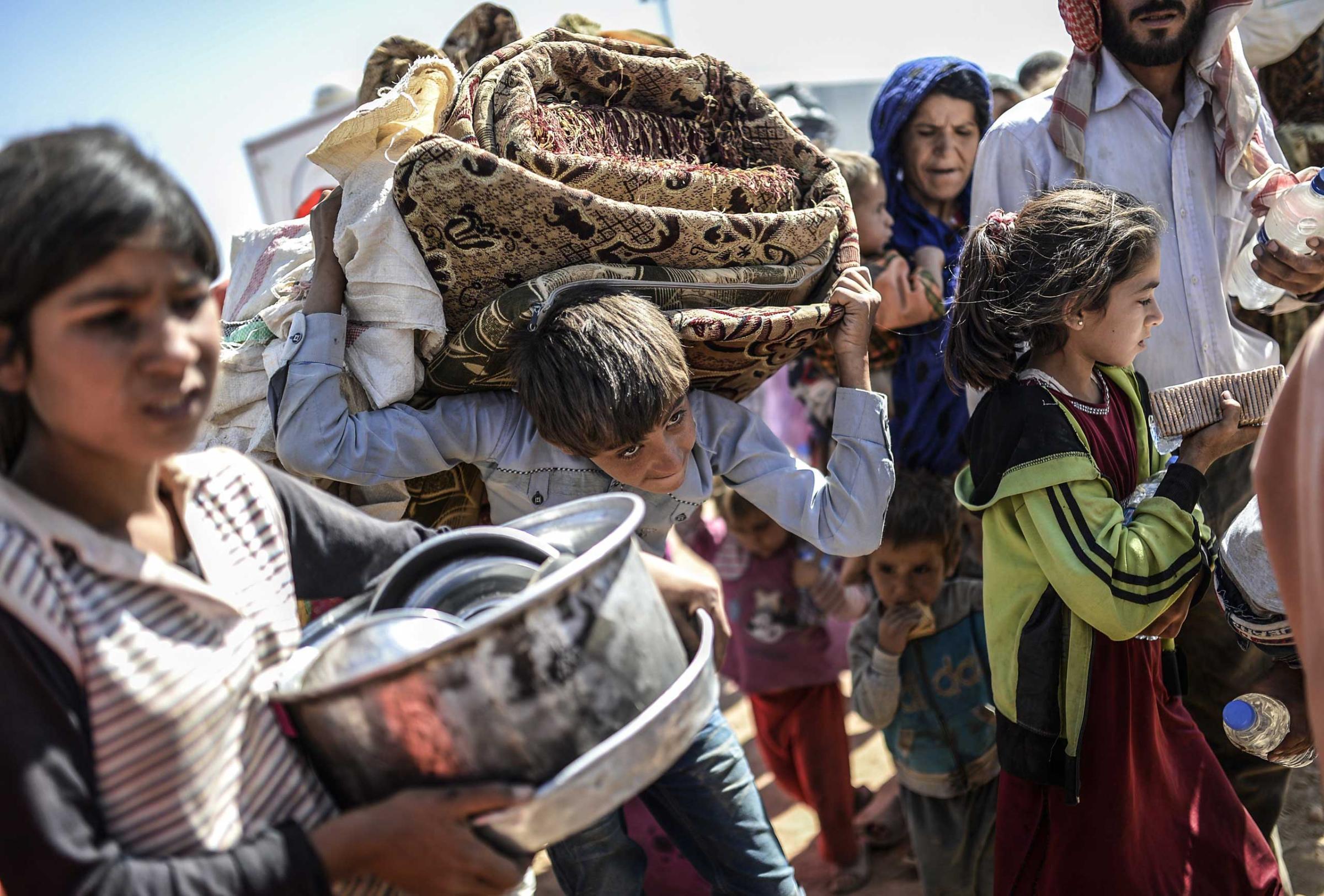
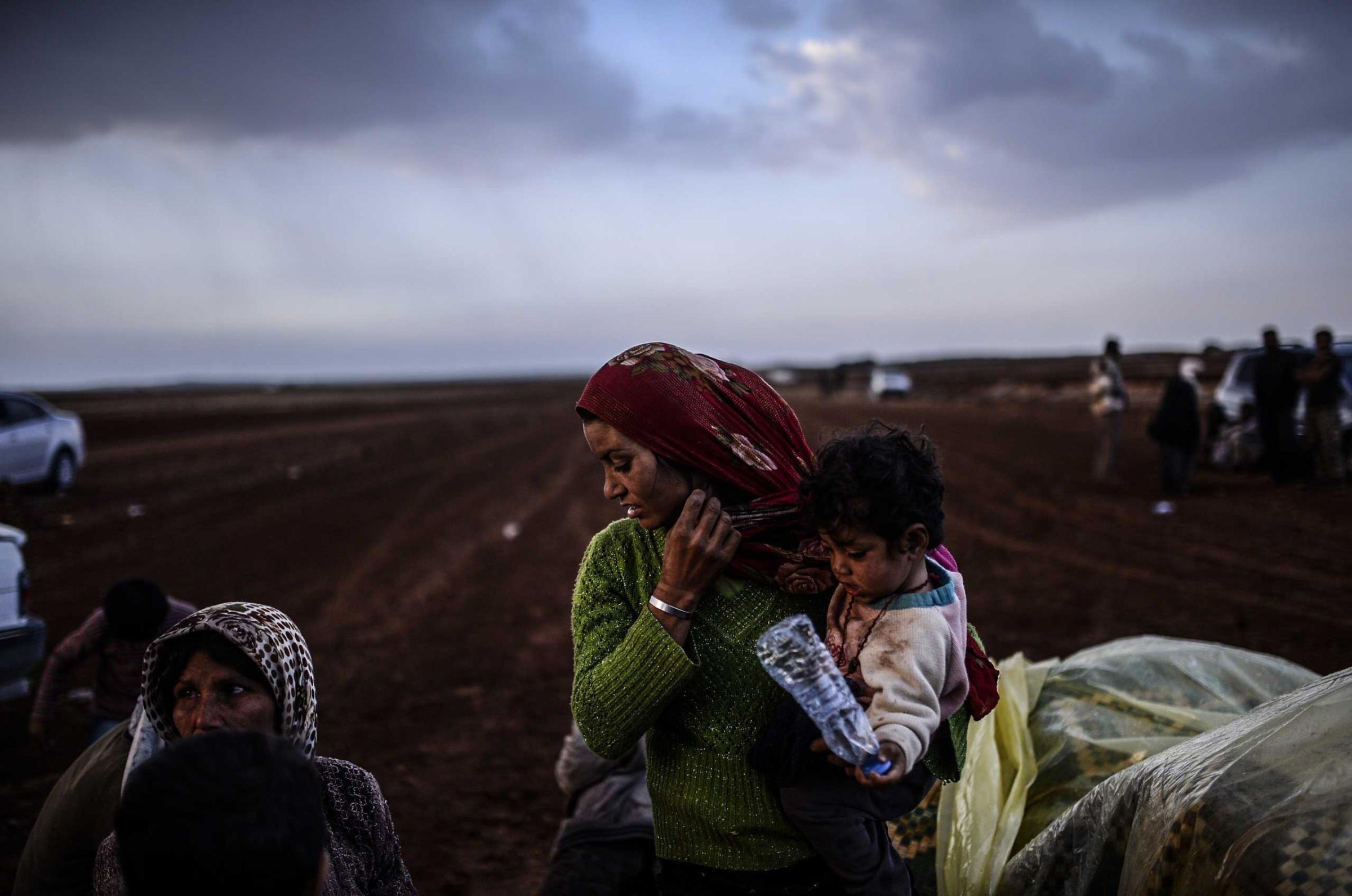
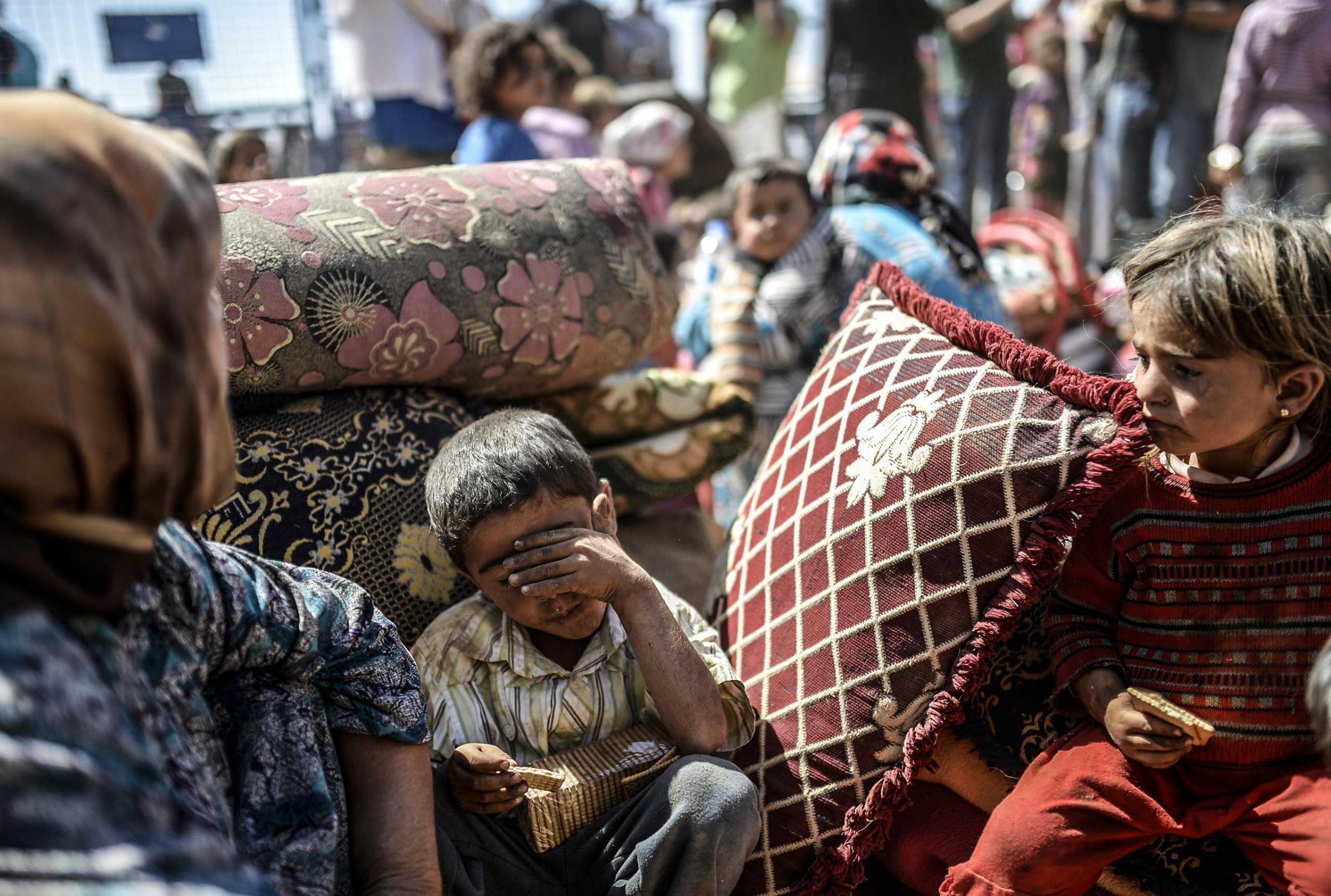
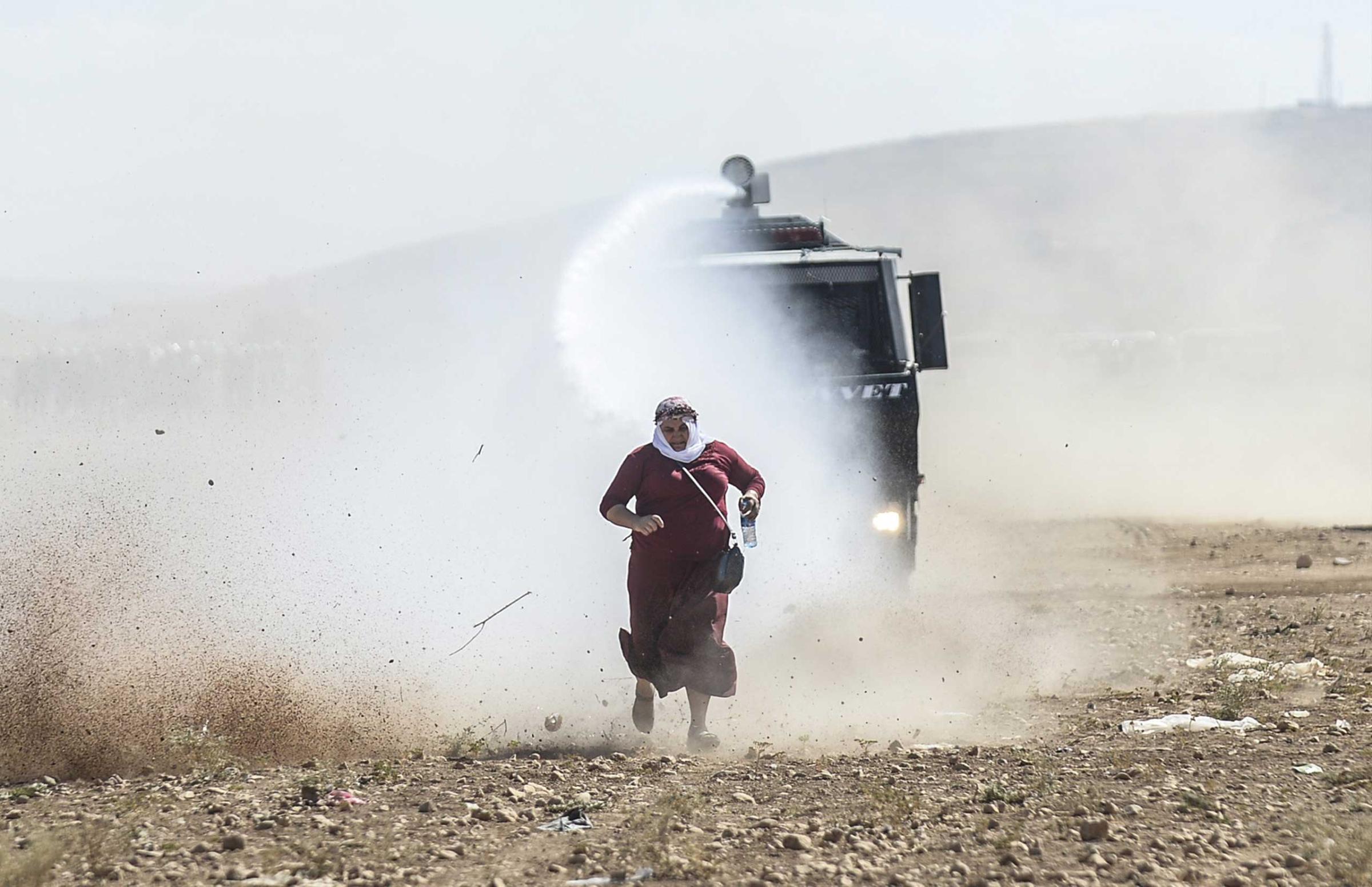

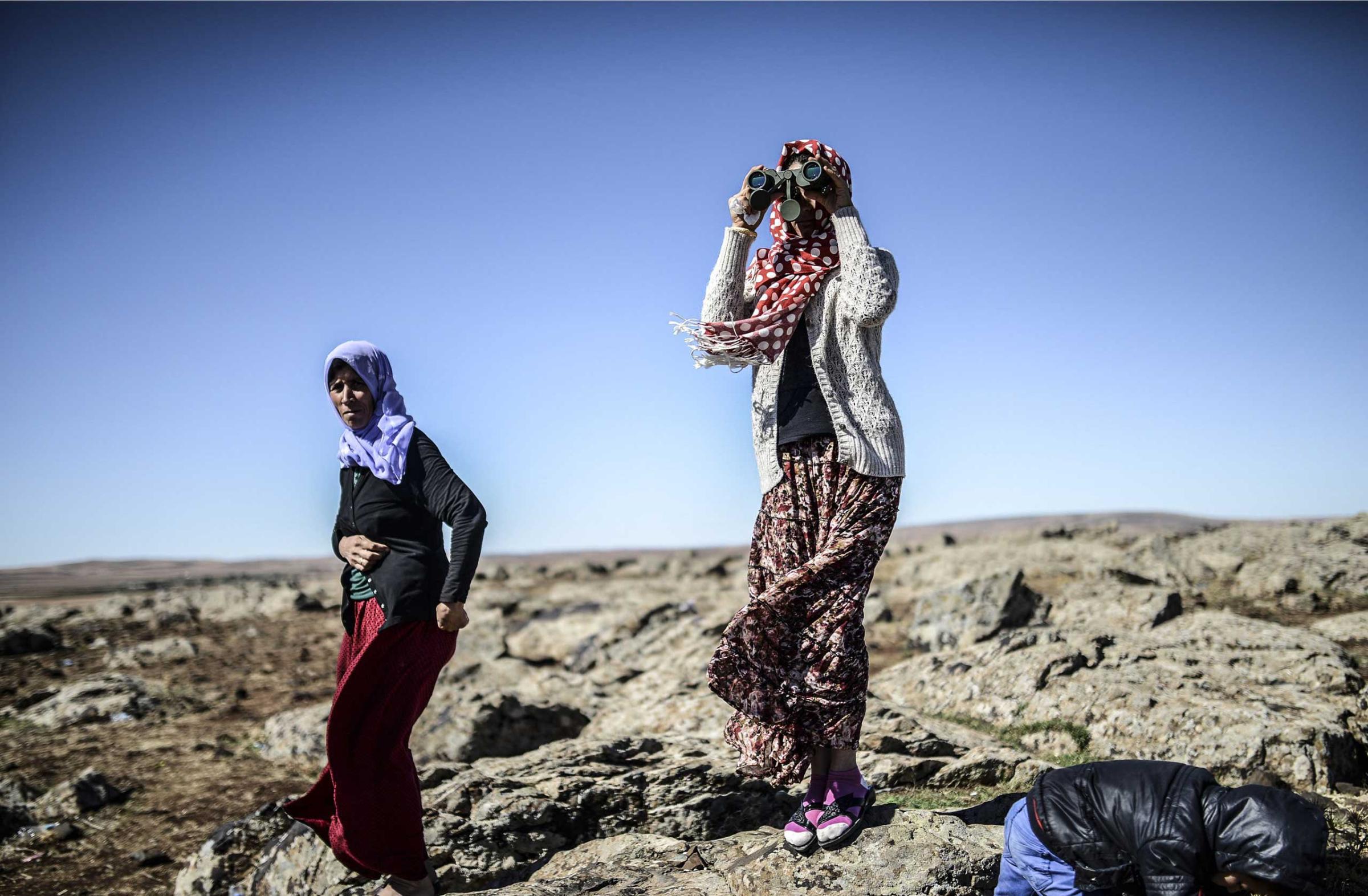
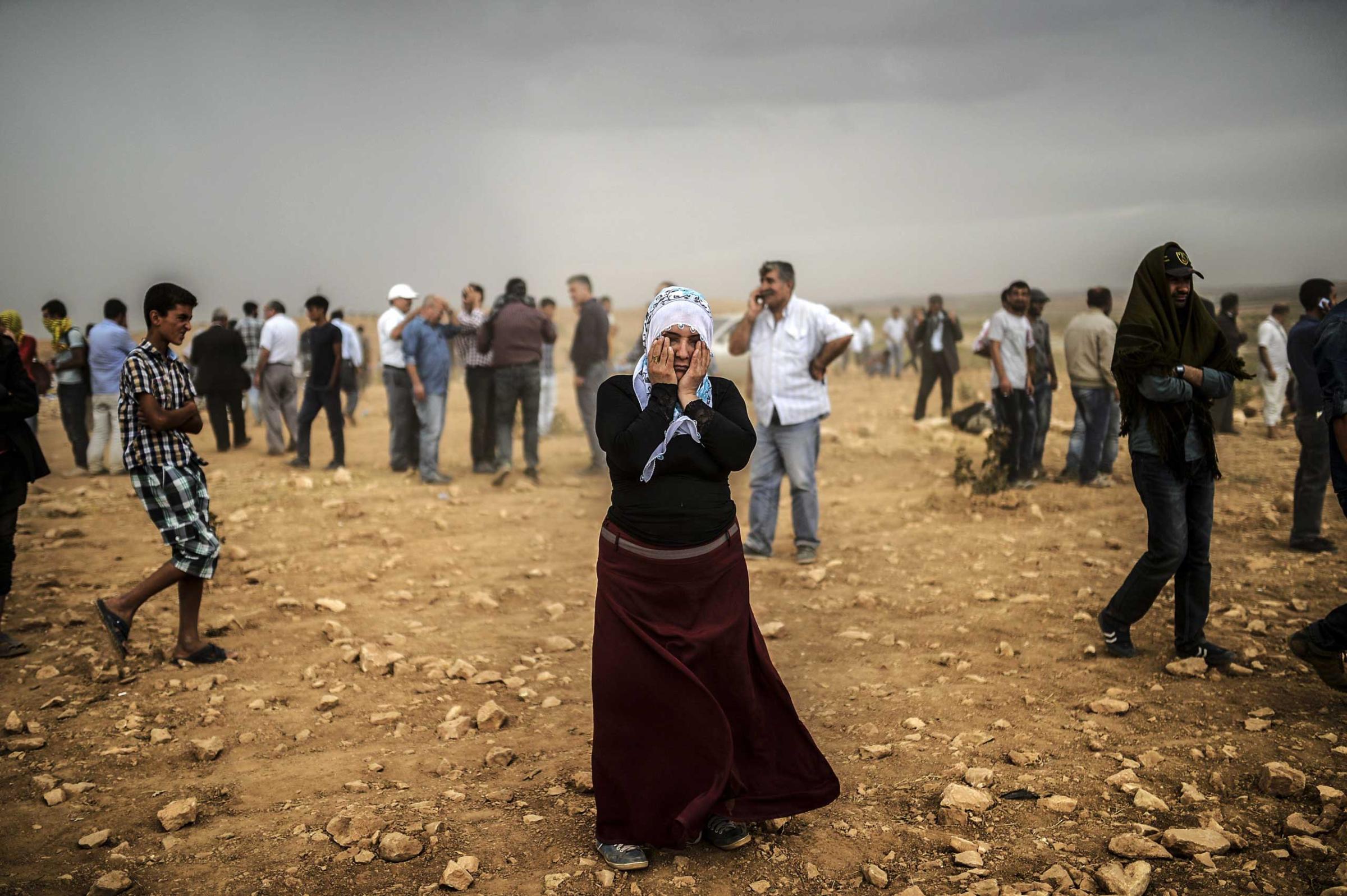


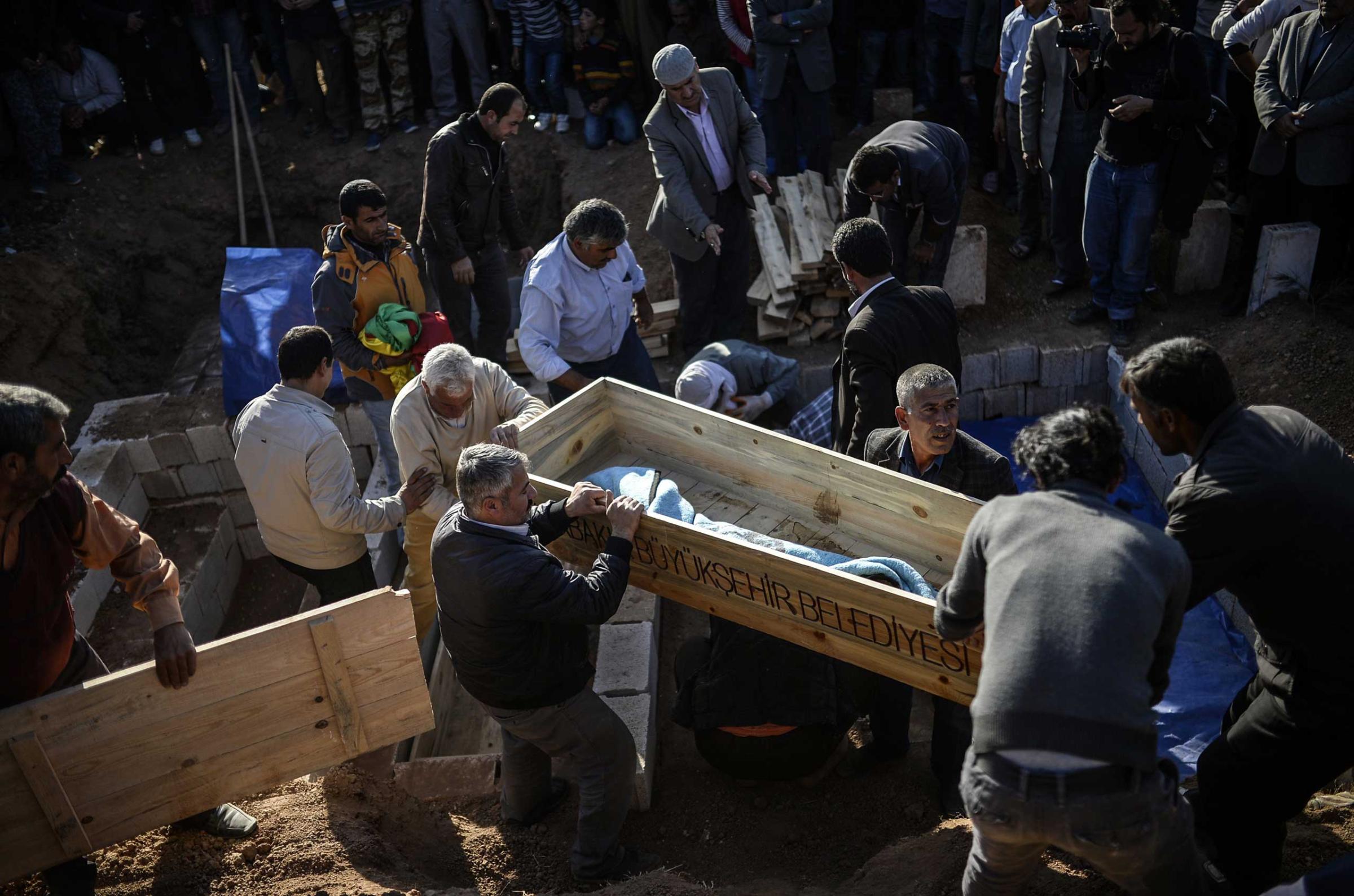
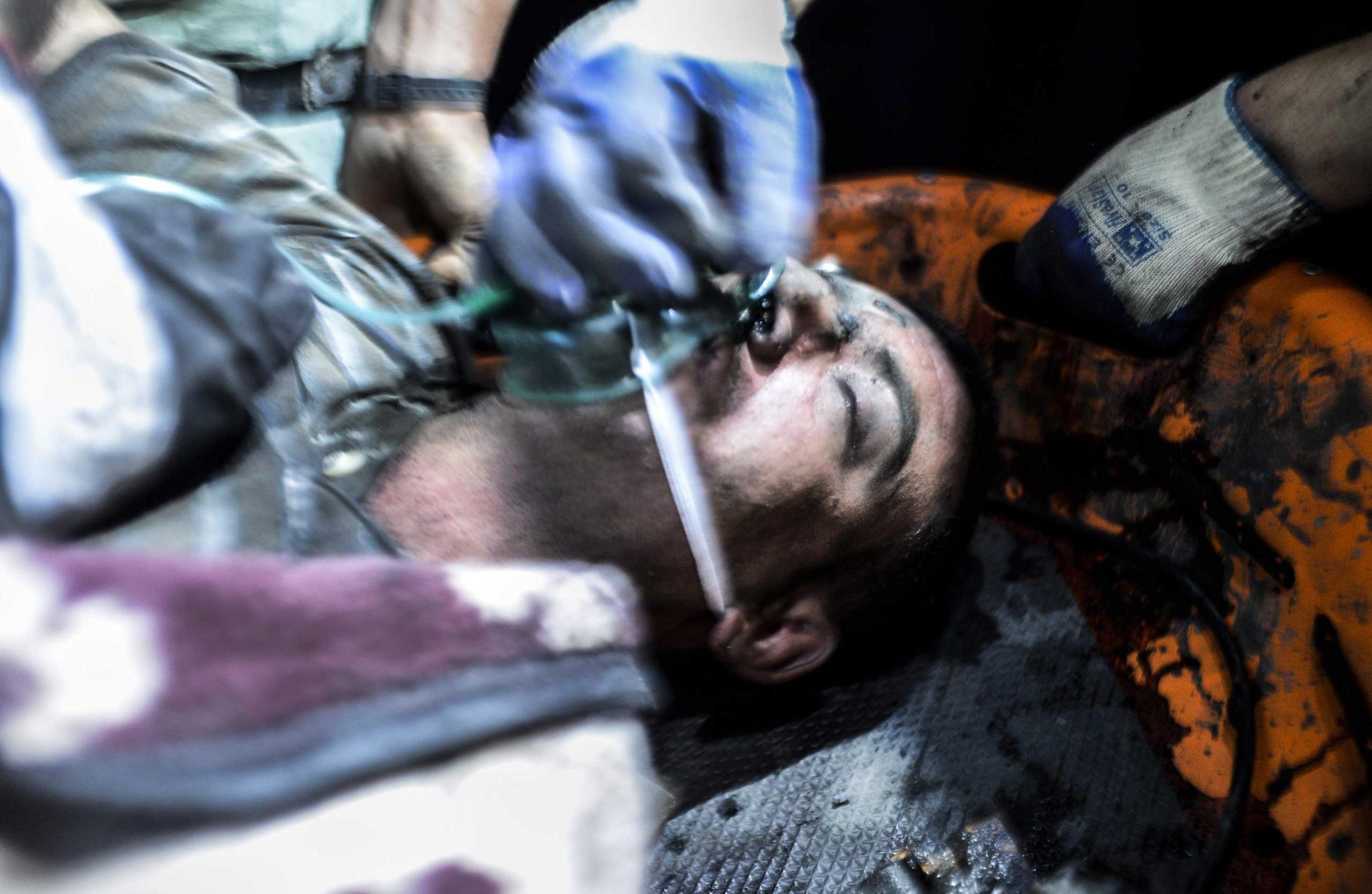


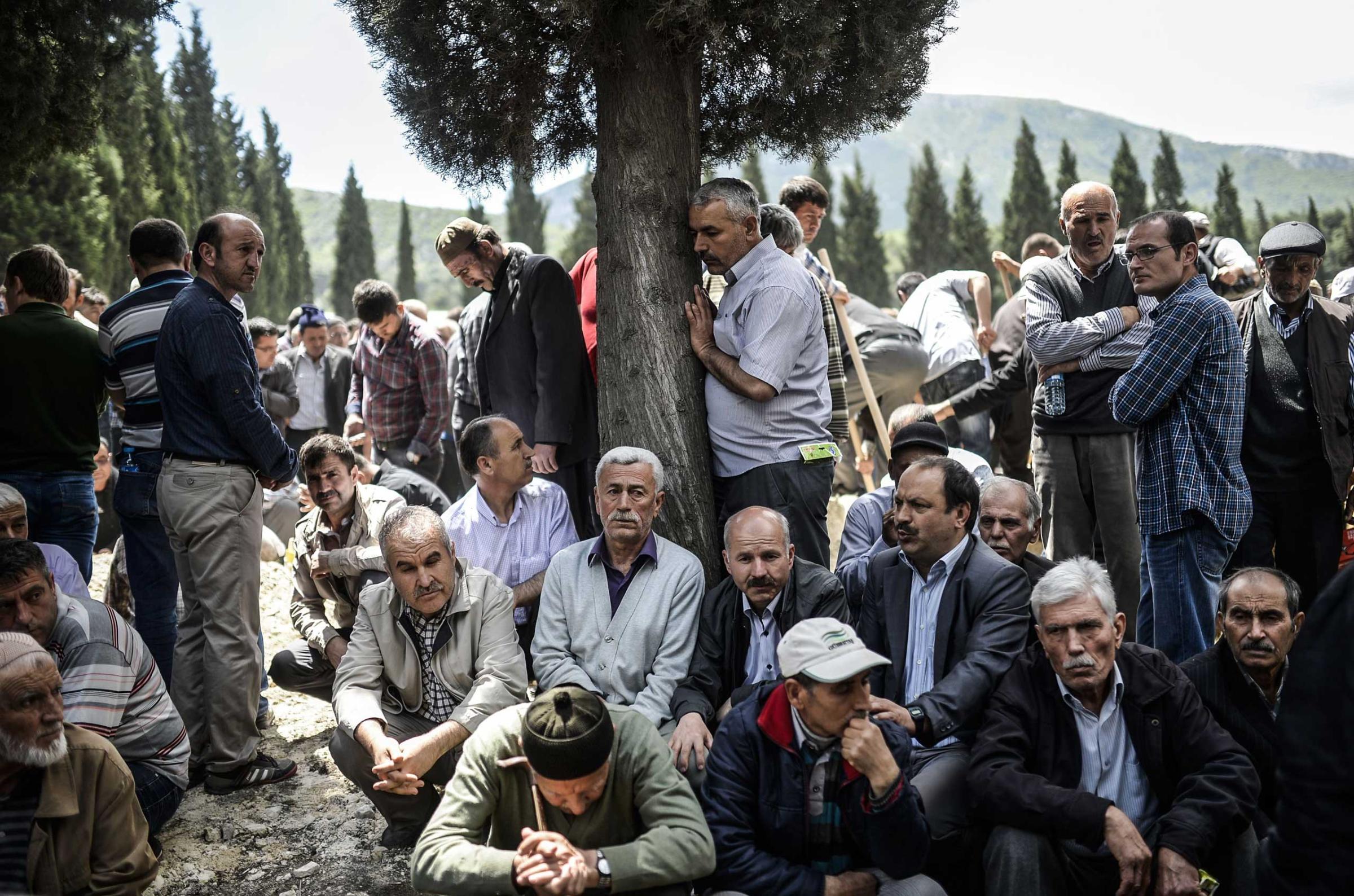
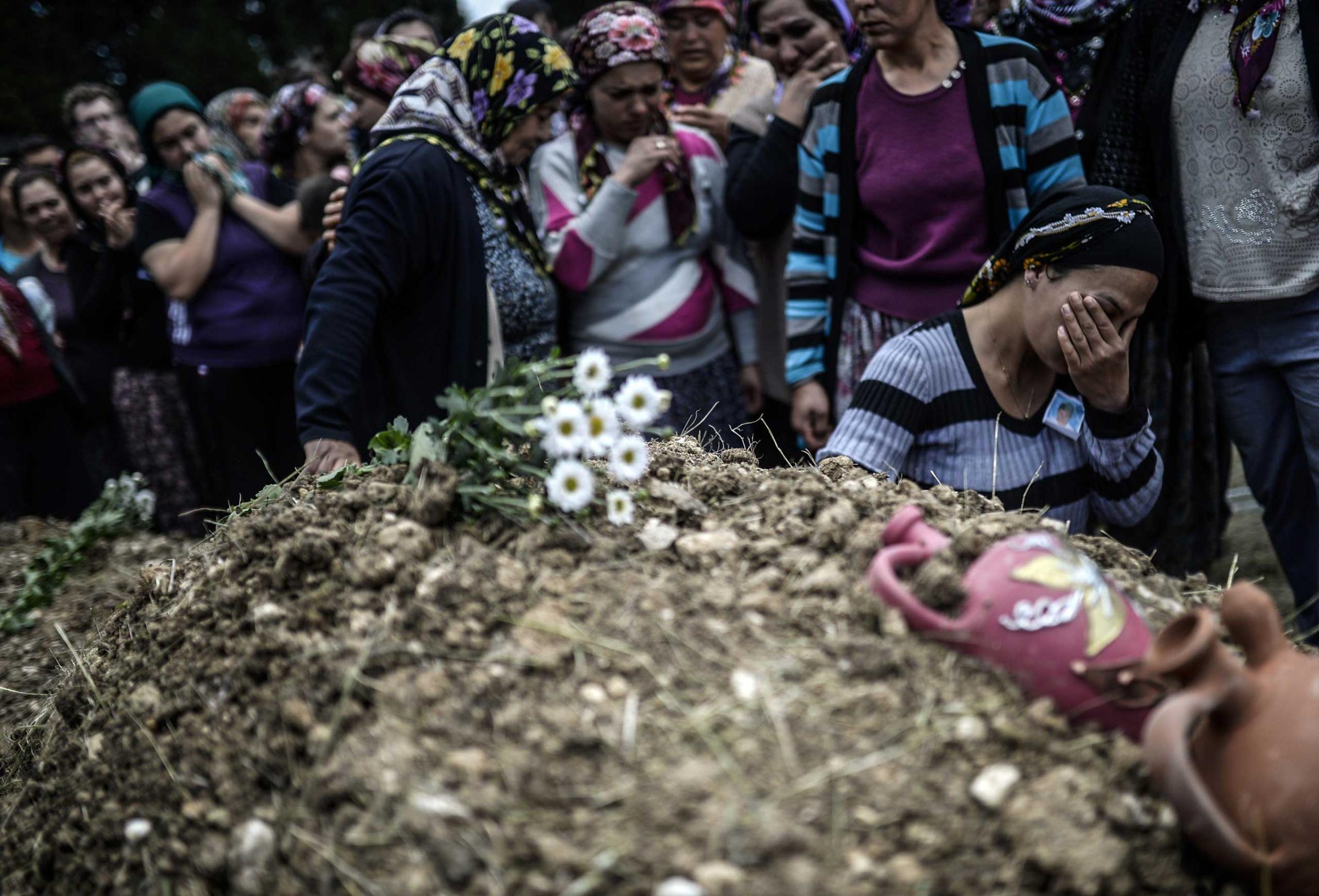
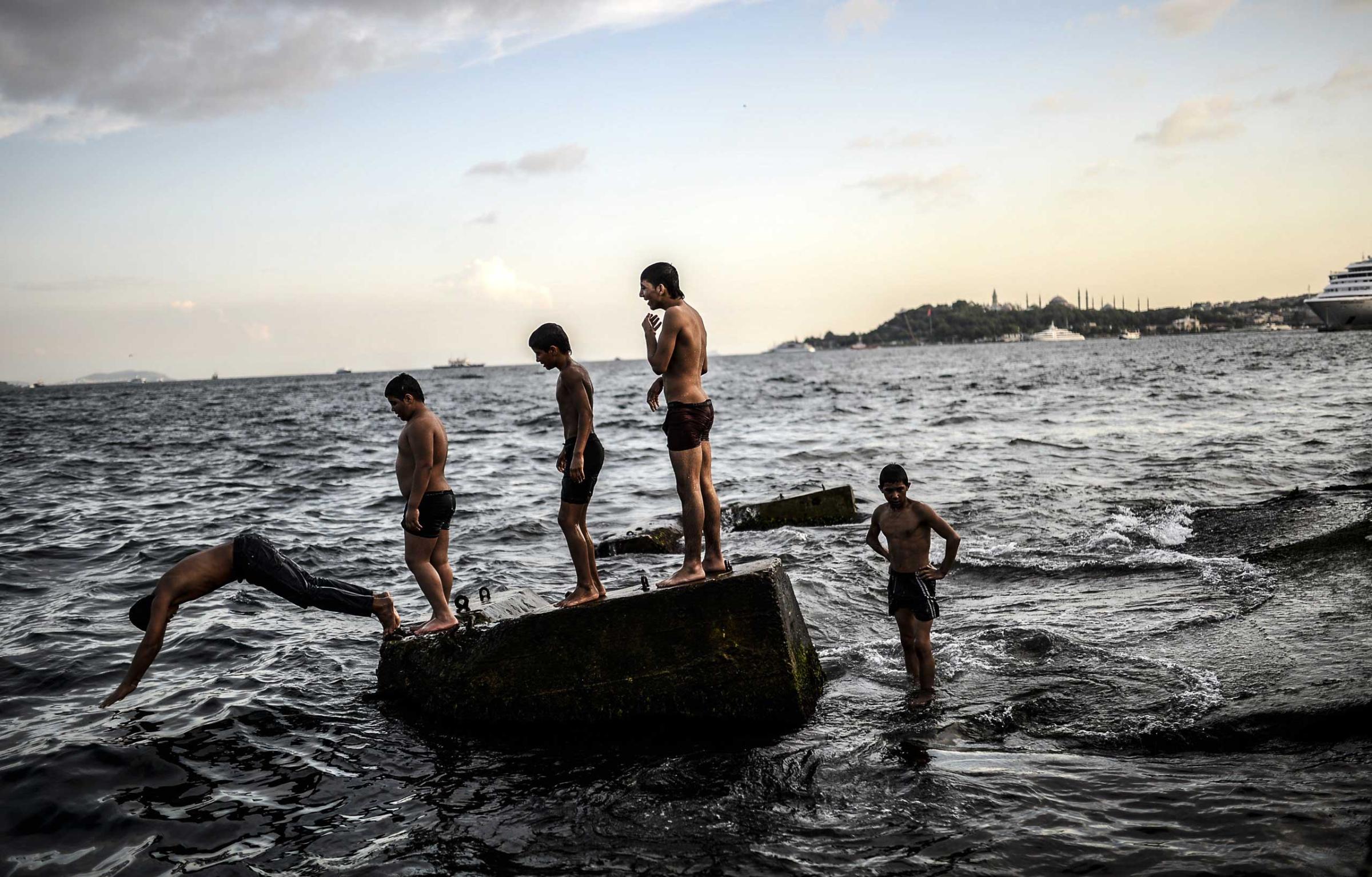
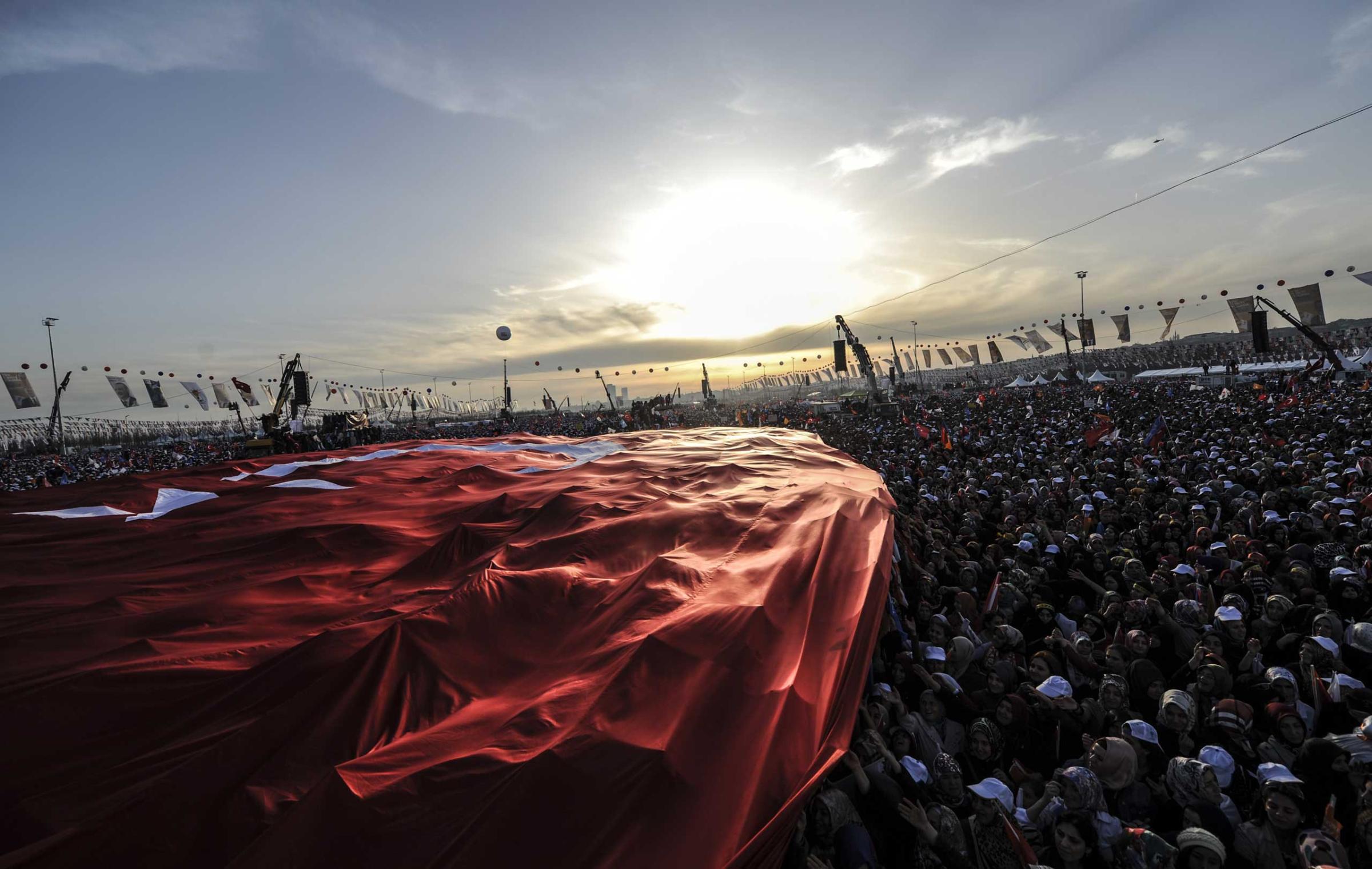
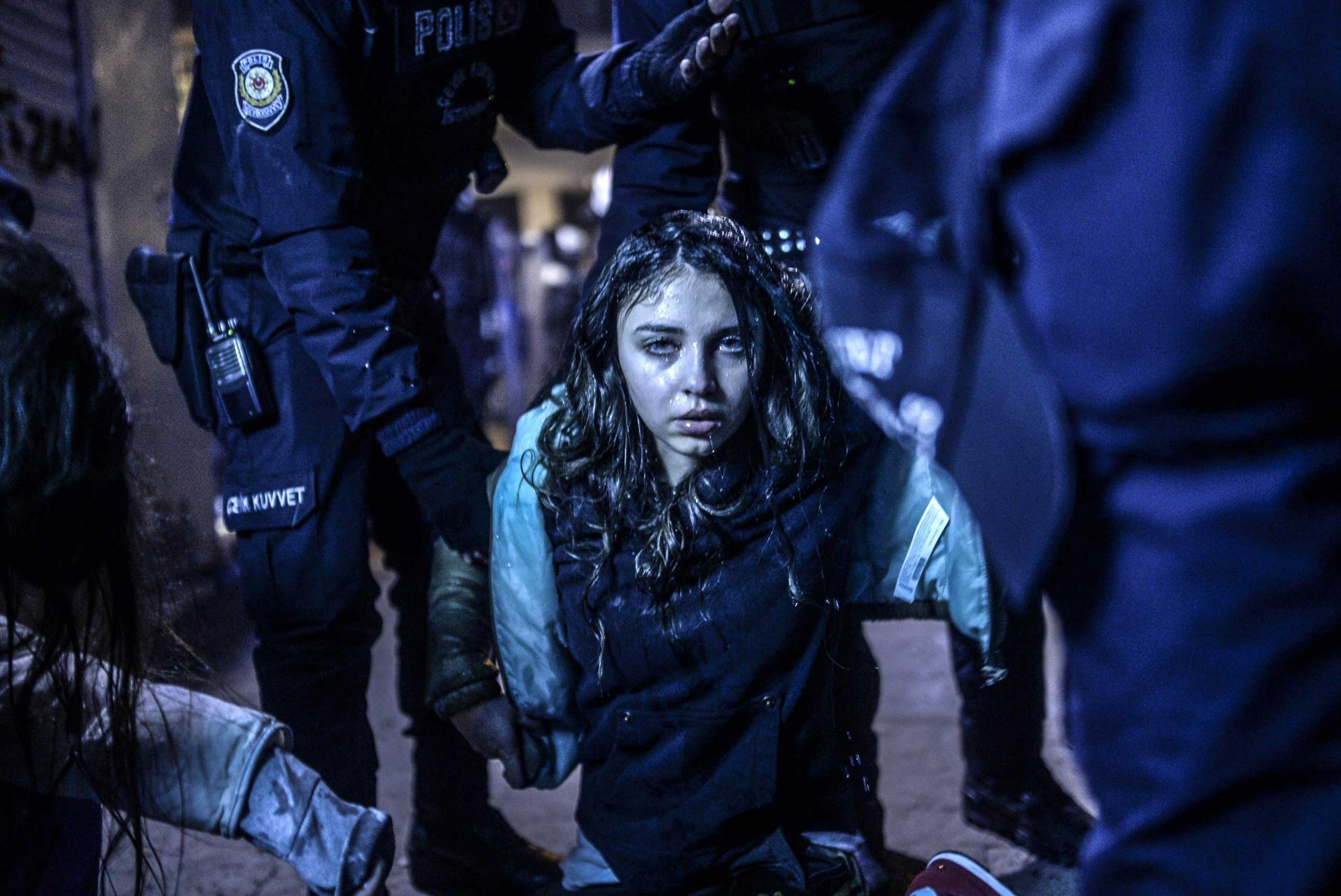

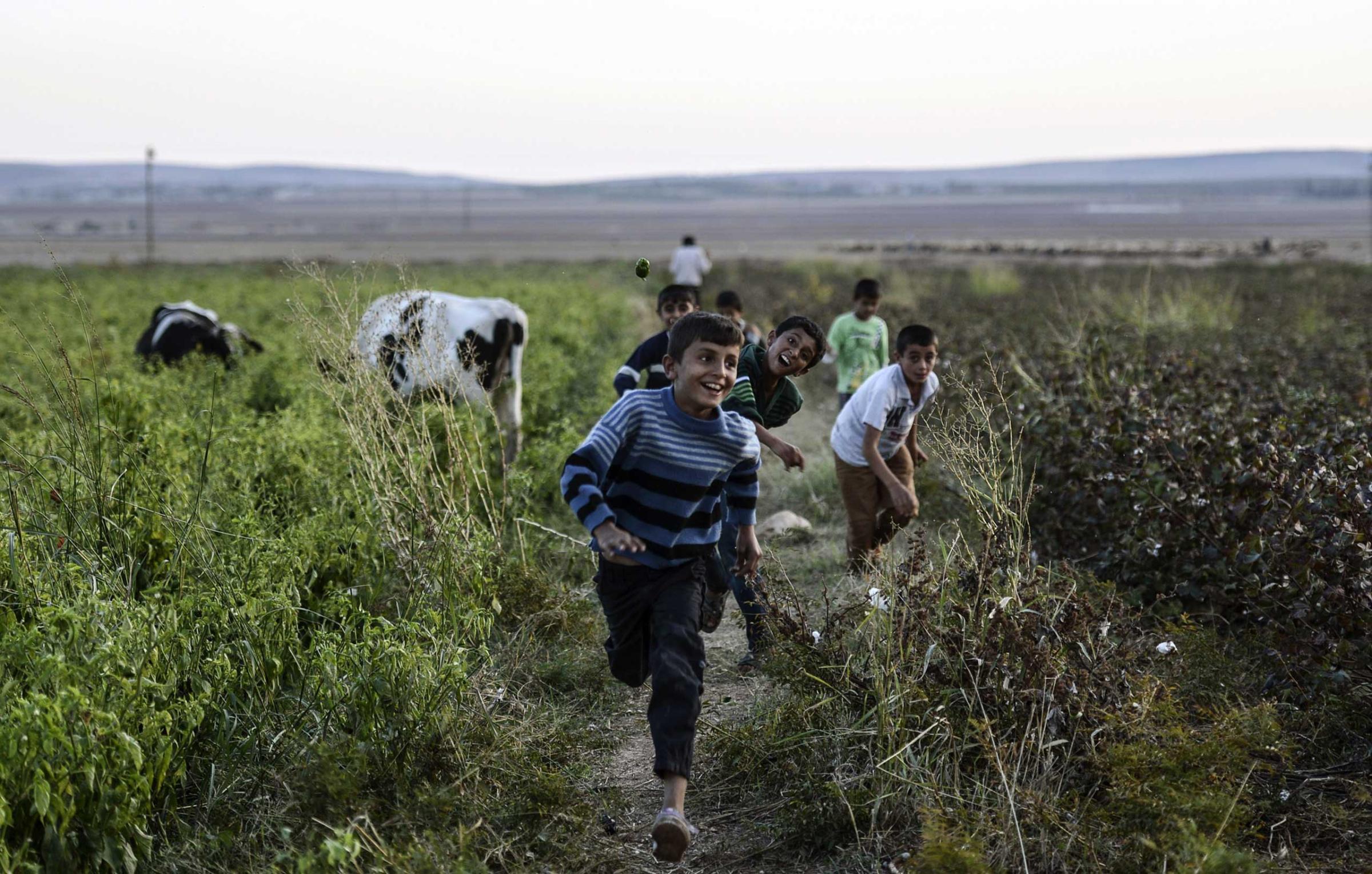
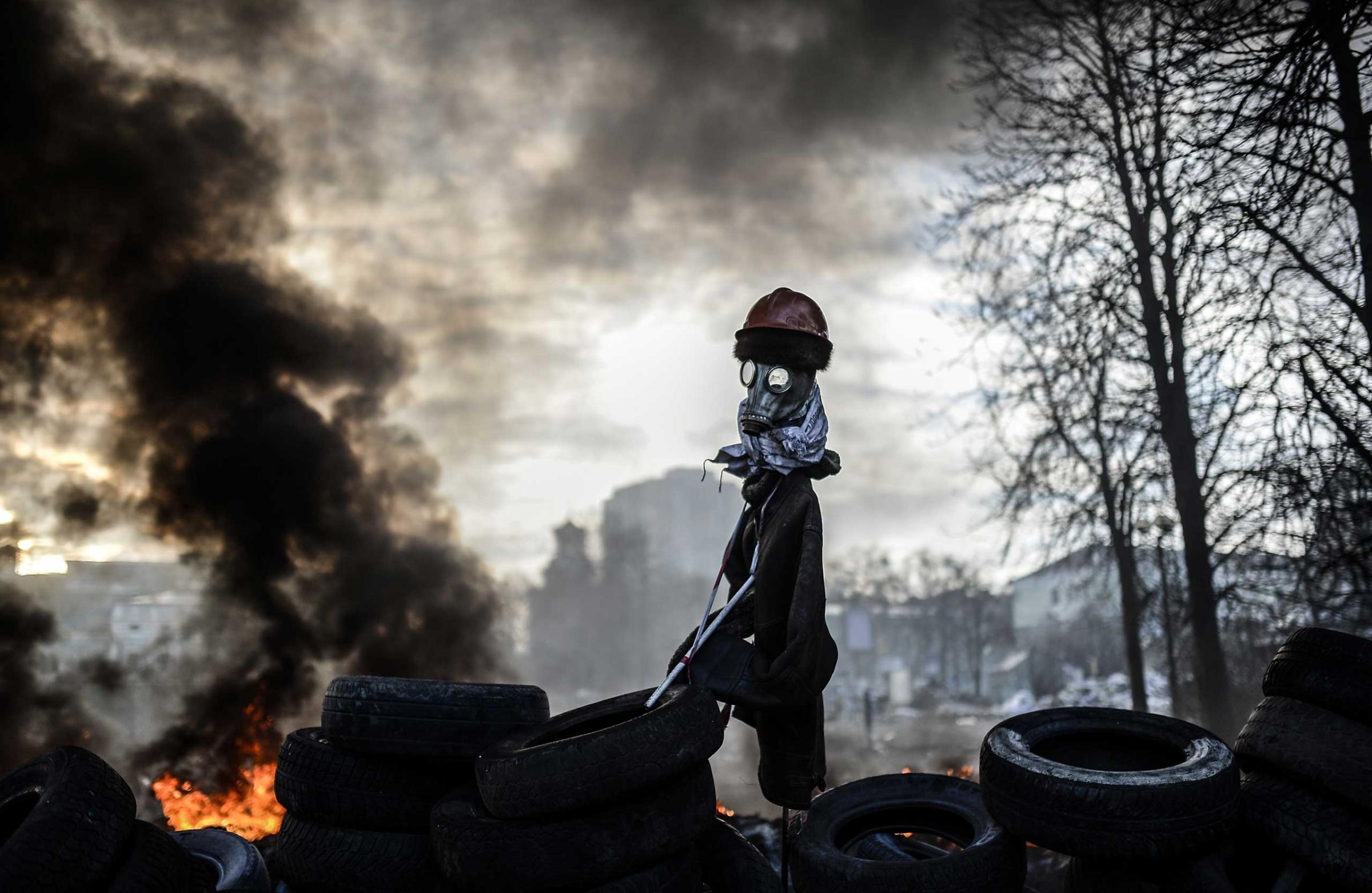





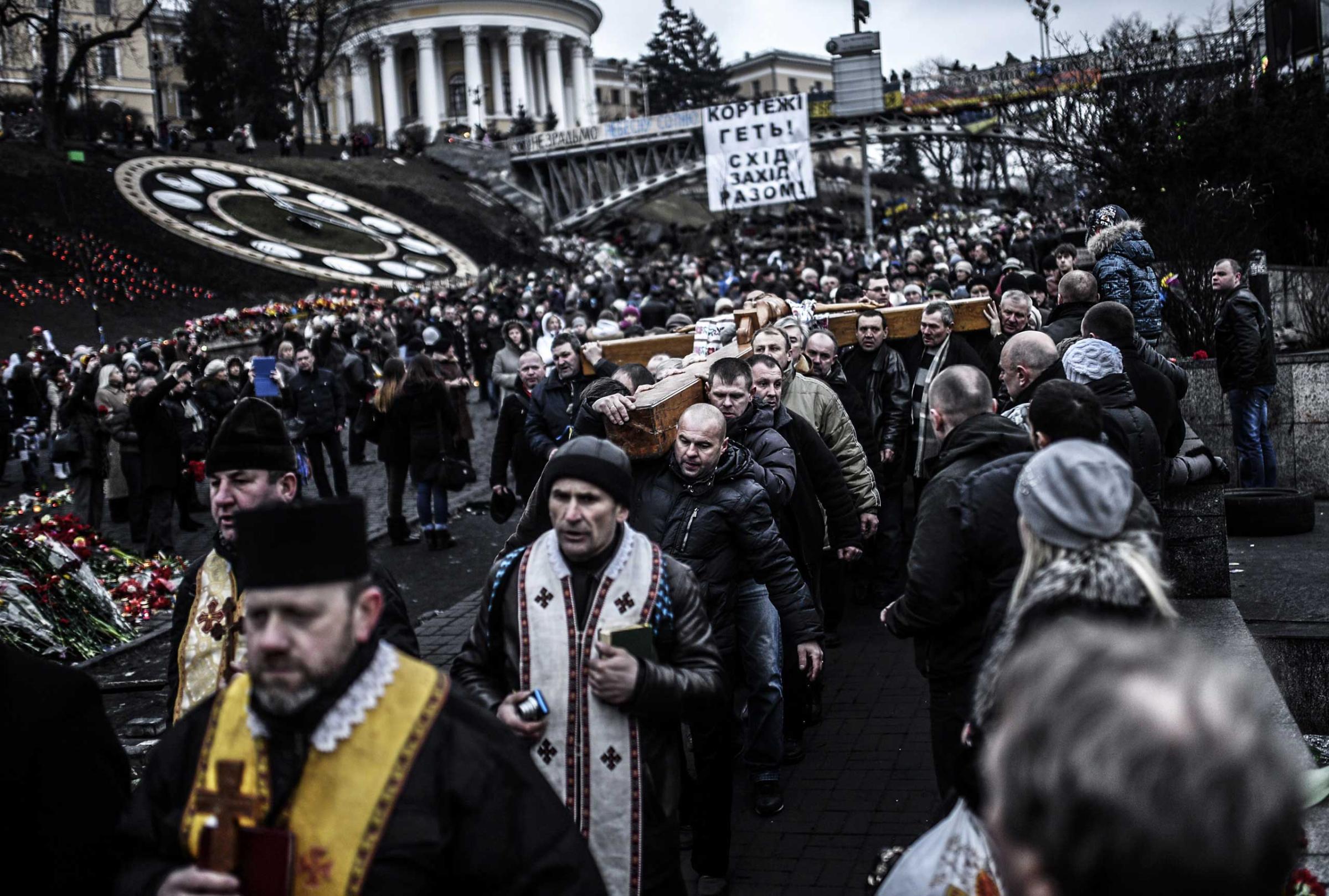
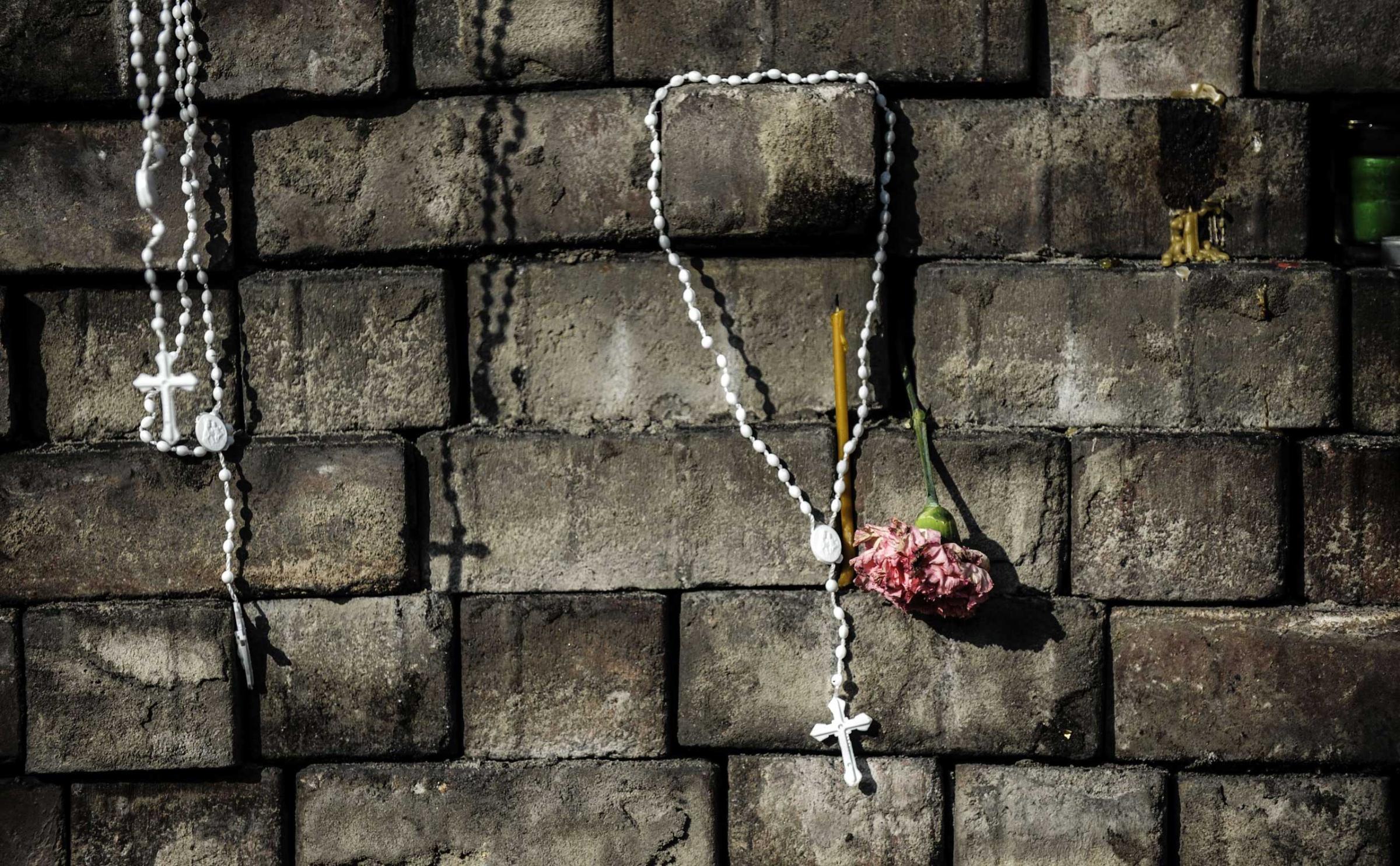

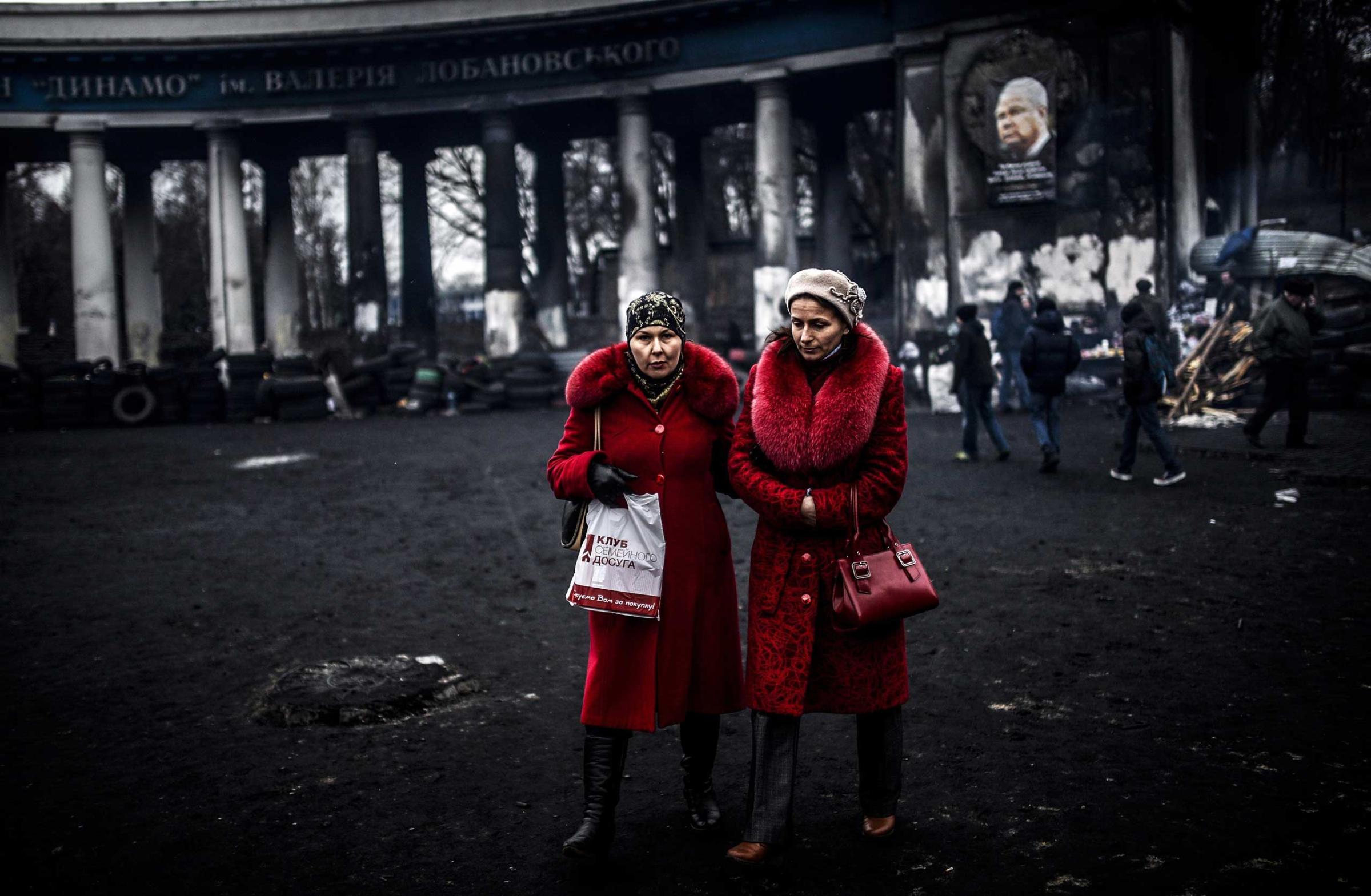

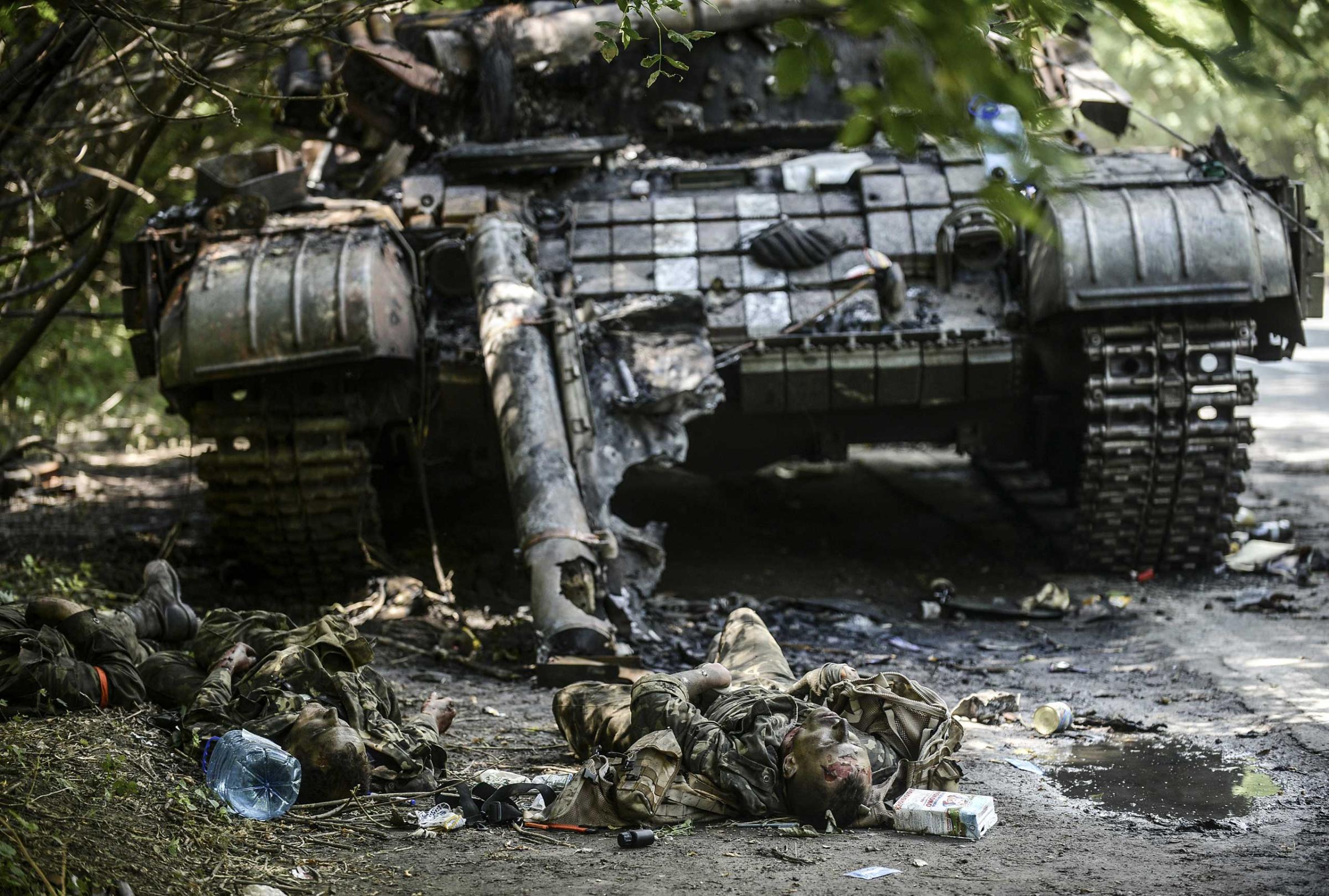
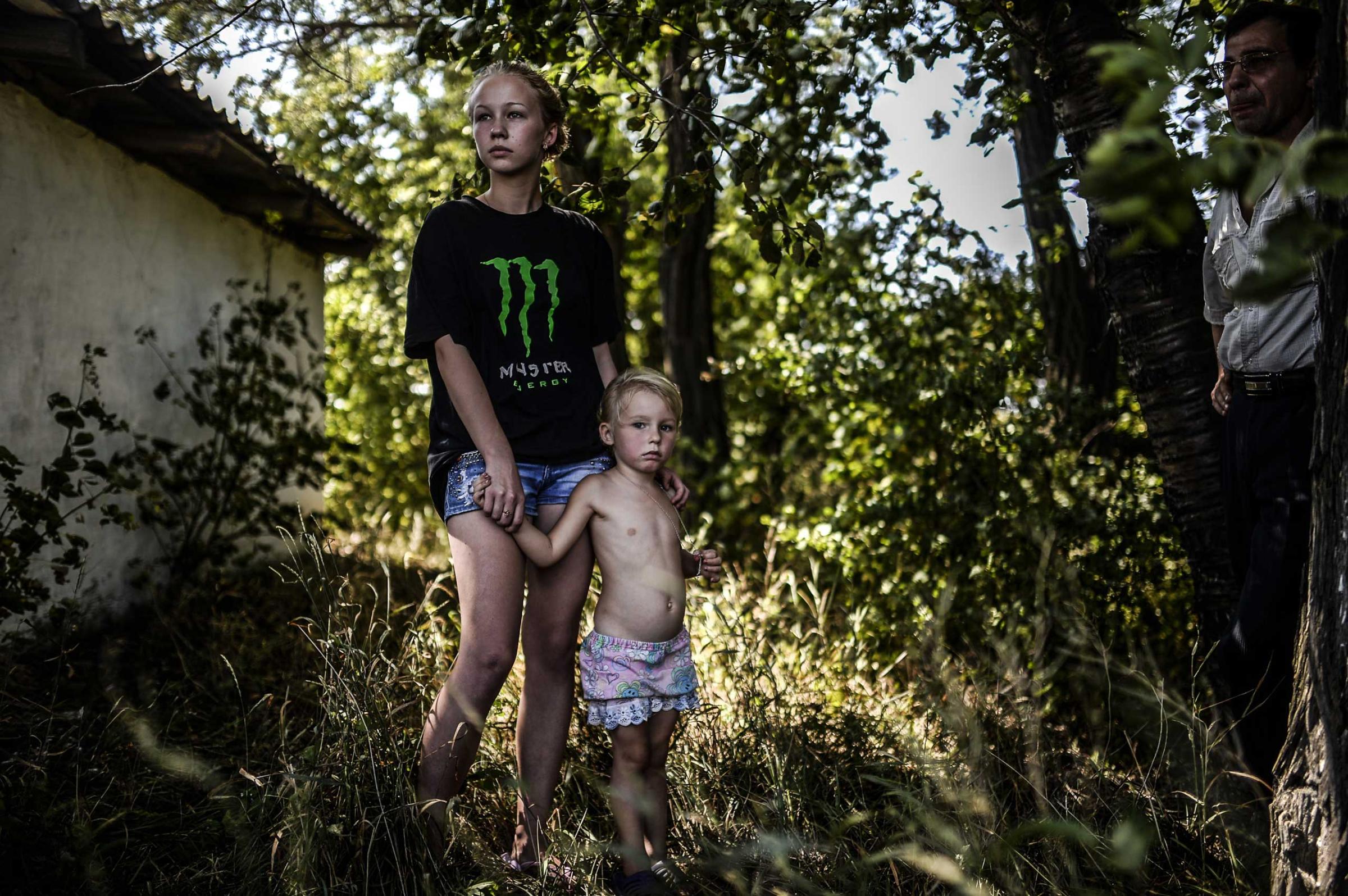
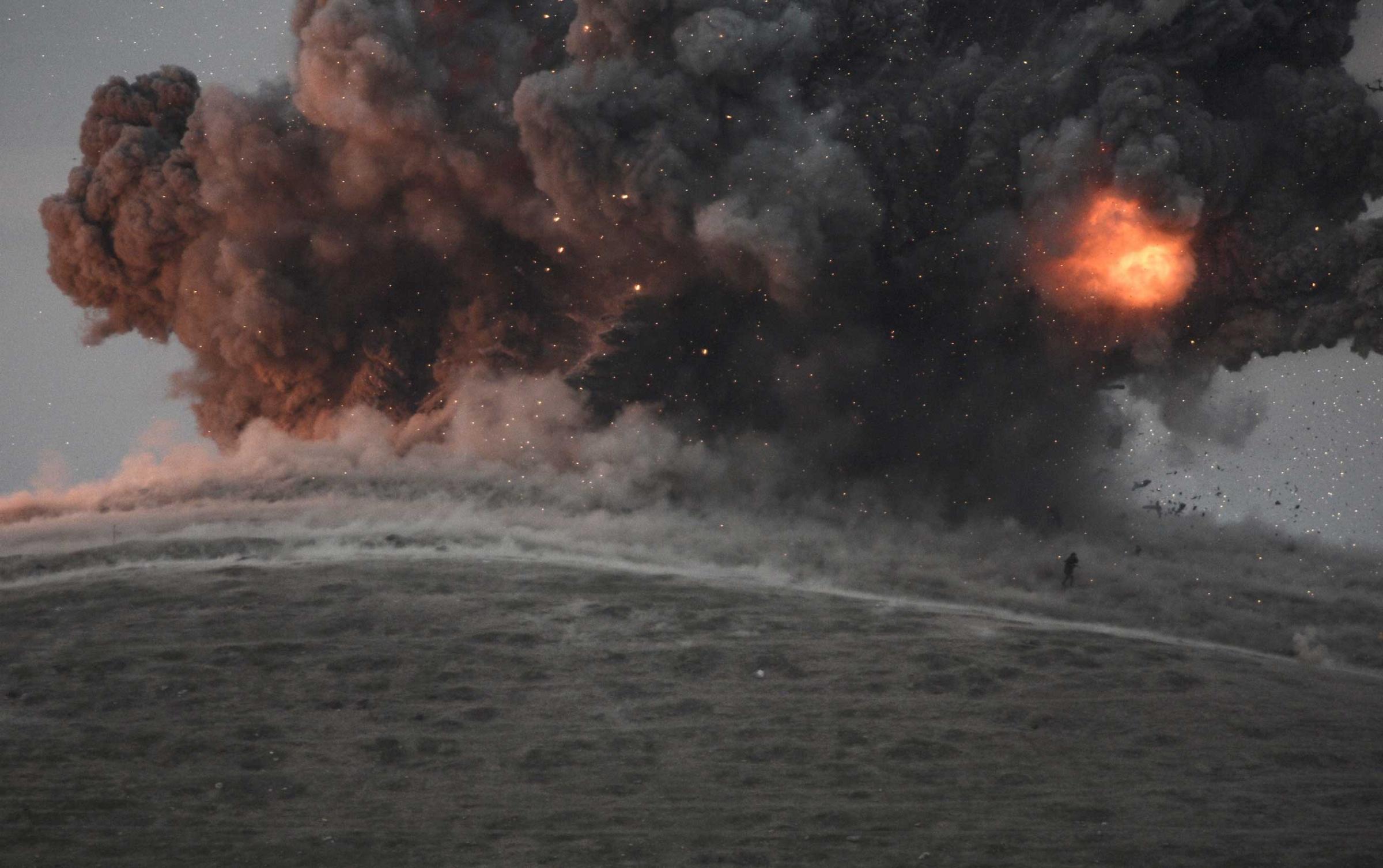
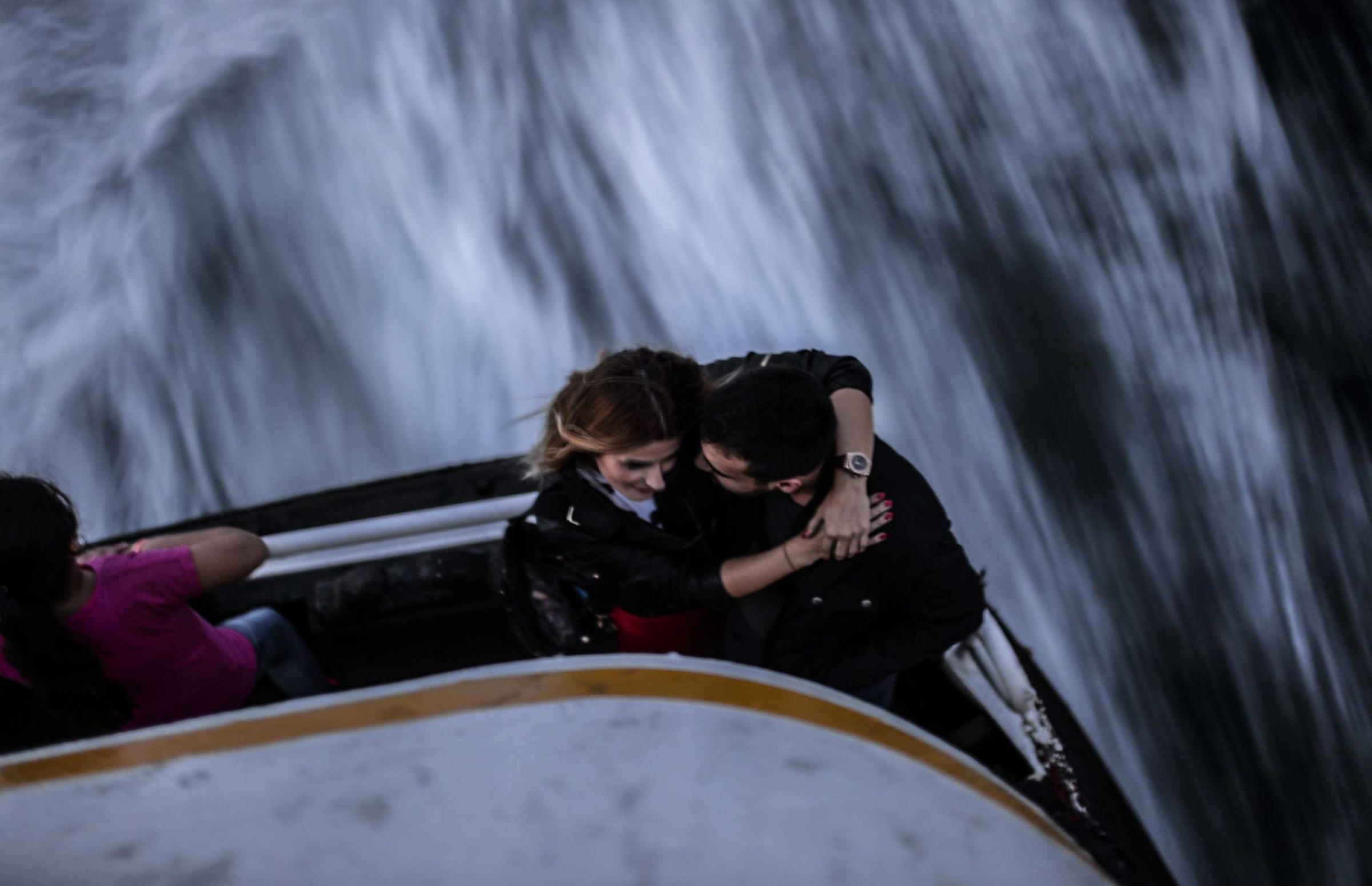
More Must-Reads from TIME
- How Donald Trump Won
- The Best Inventions of 2024
- Why Sleep Is the Key to Living Longer
- Robert Zemeckis Just Wants to Move You
- How to Break 8 Toxic Communication Habits
- Nicola Coughlan Bet on Herself—And Won
- Why Vinegar Is So Good for You
- Meet TIME's Newest Class of Next Generation Leaders
Contact us at letters@time.com